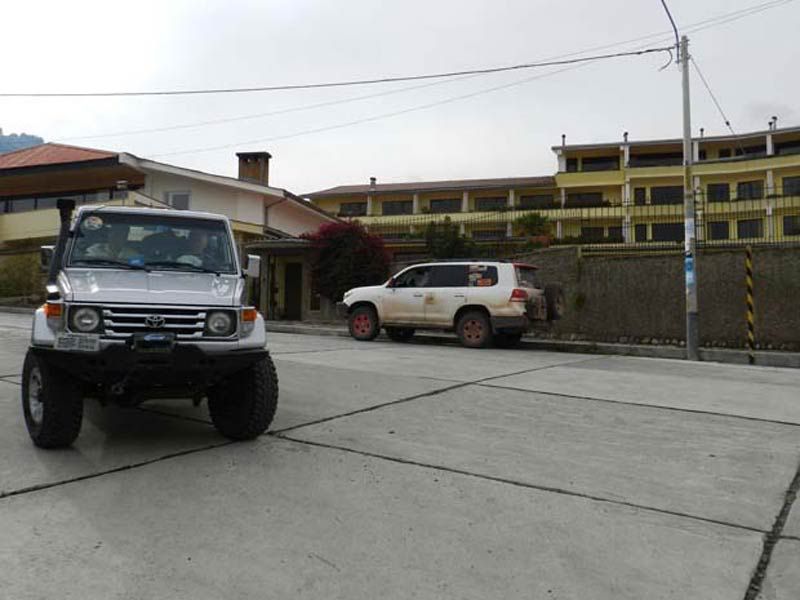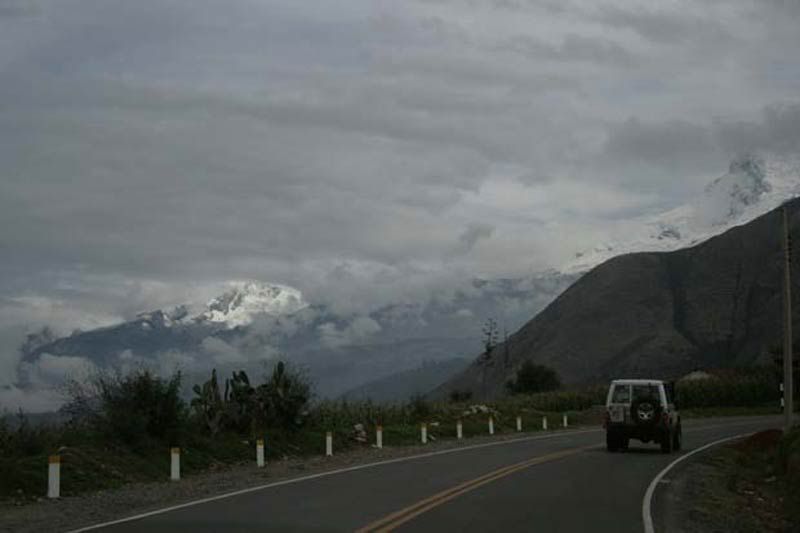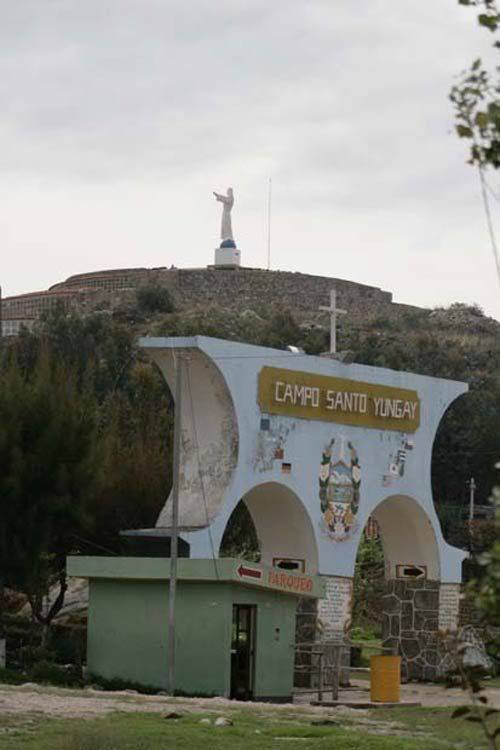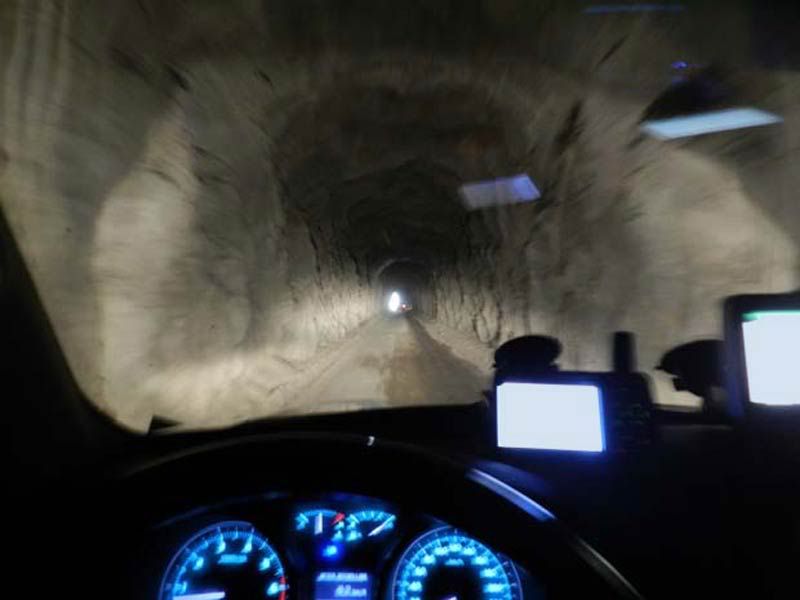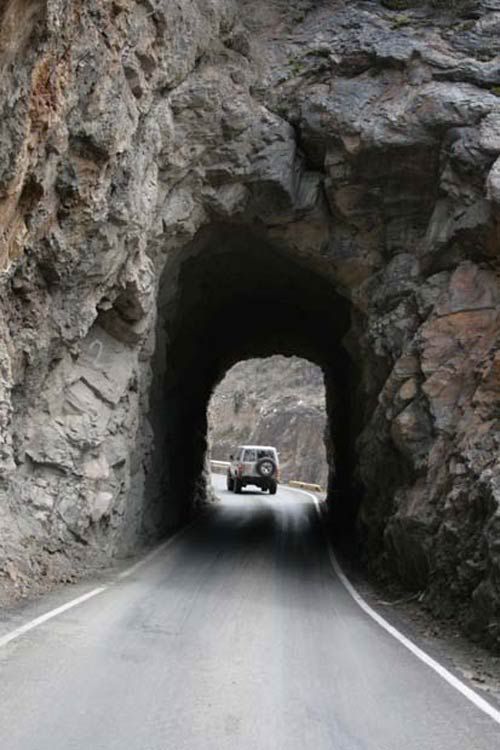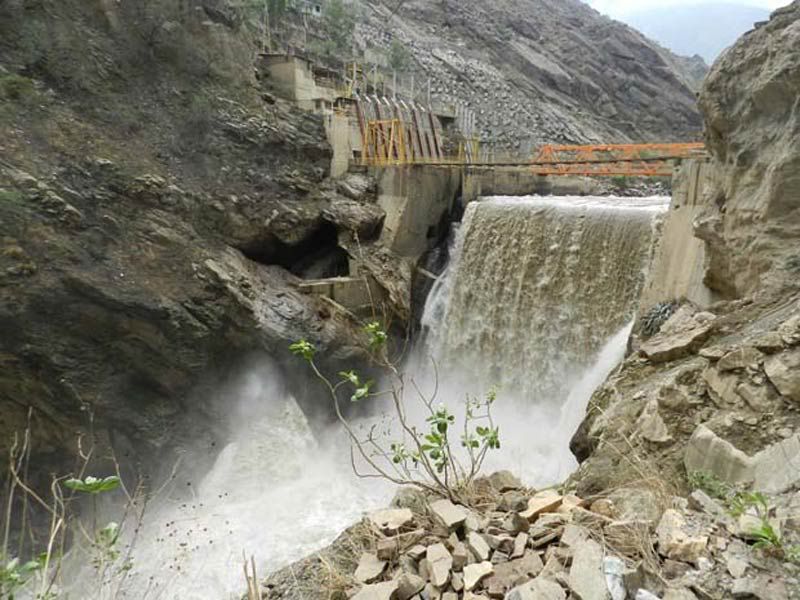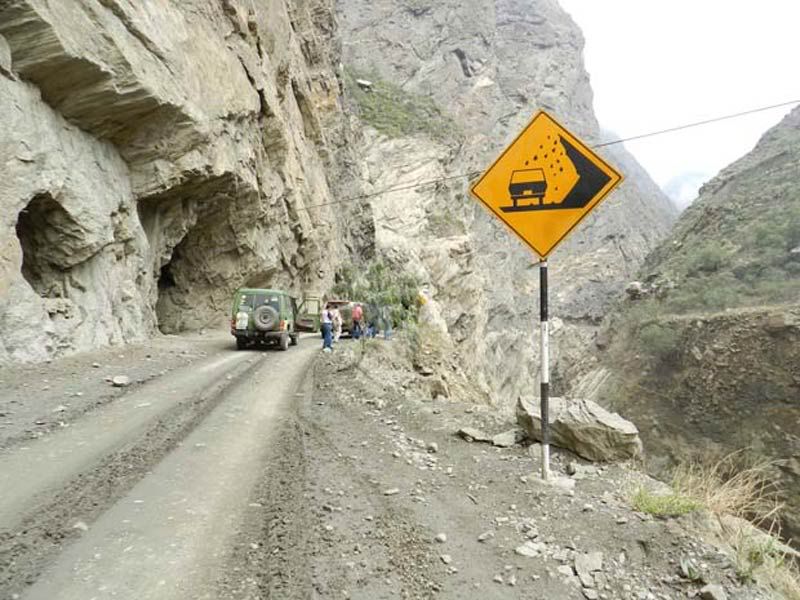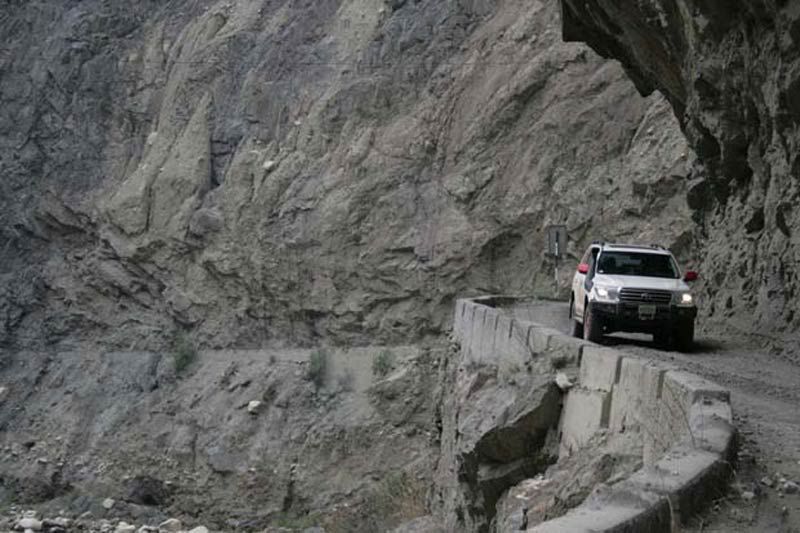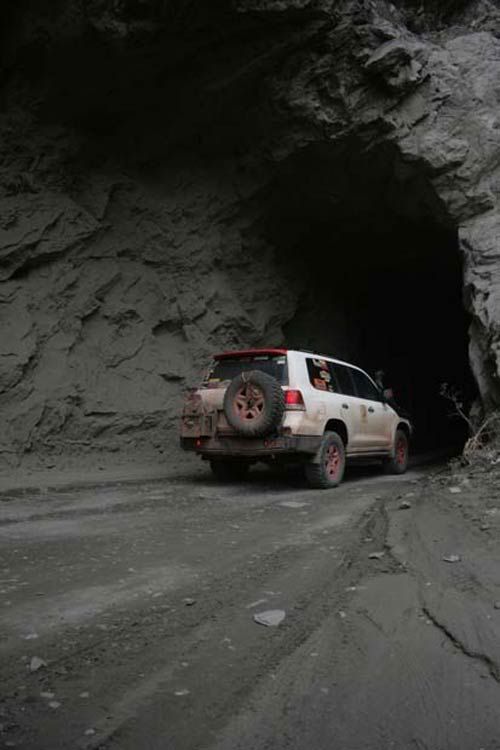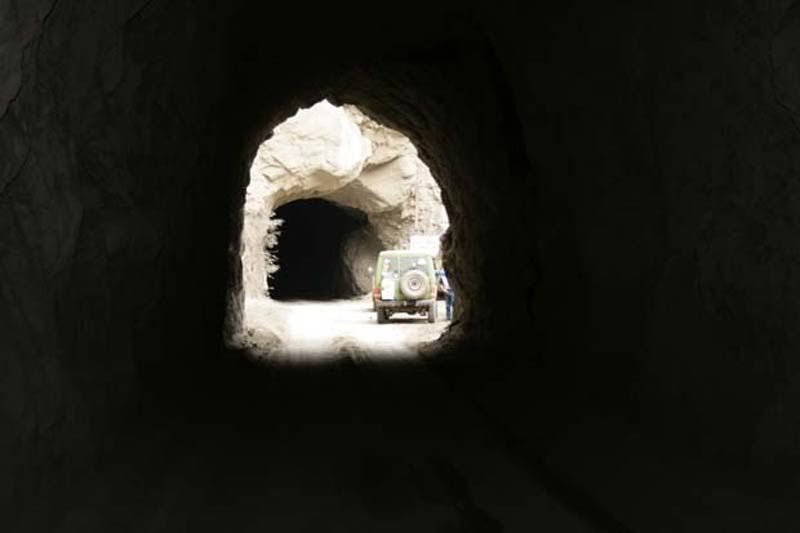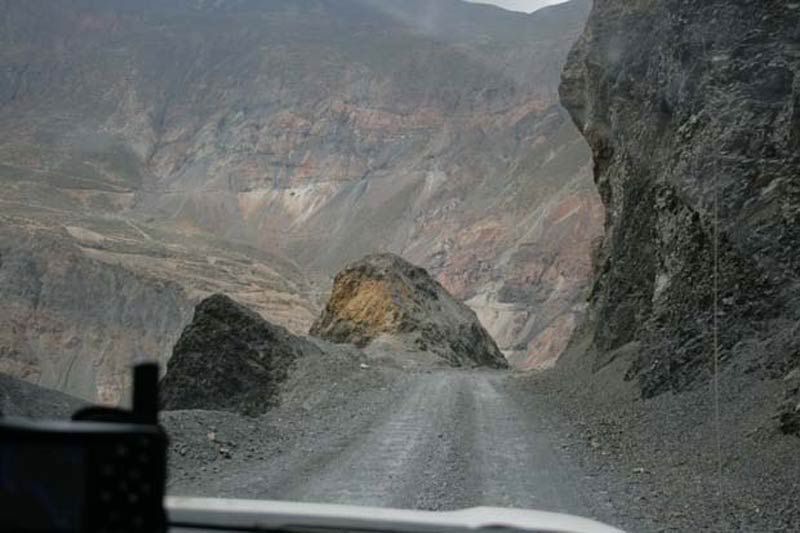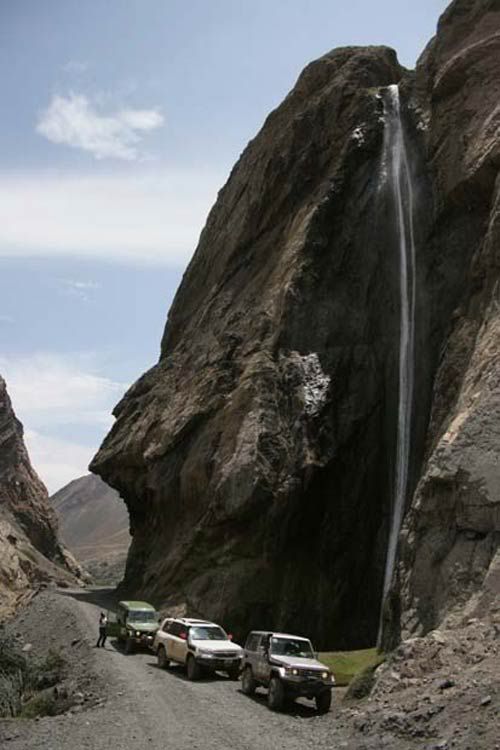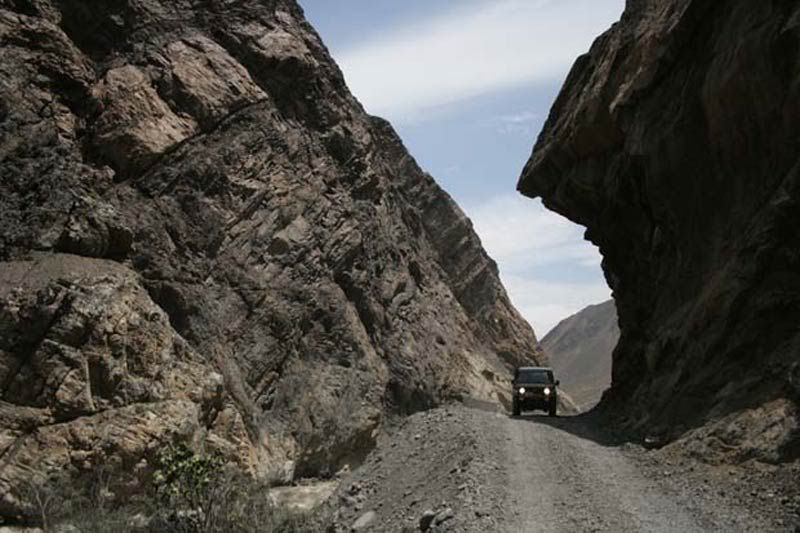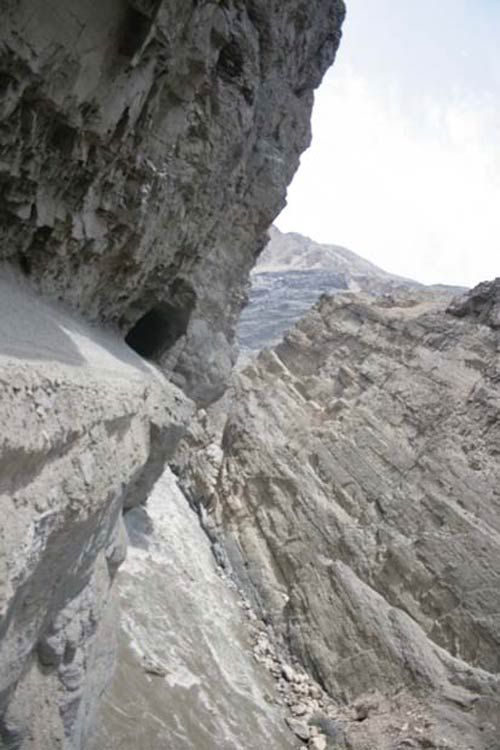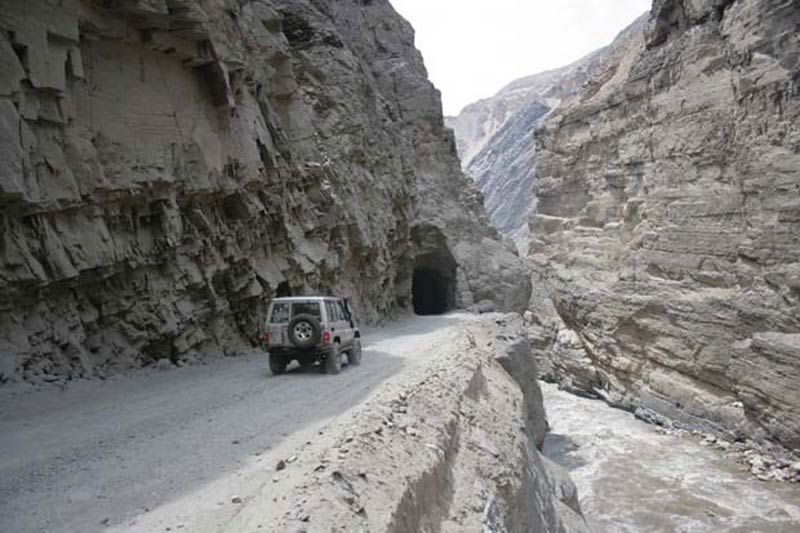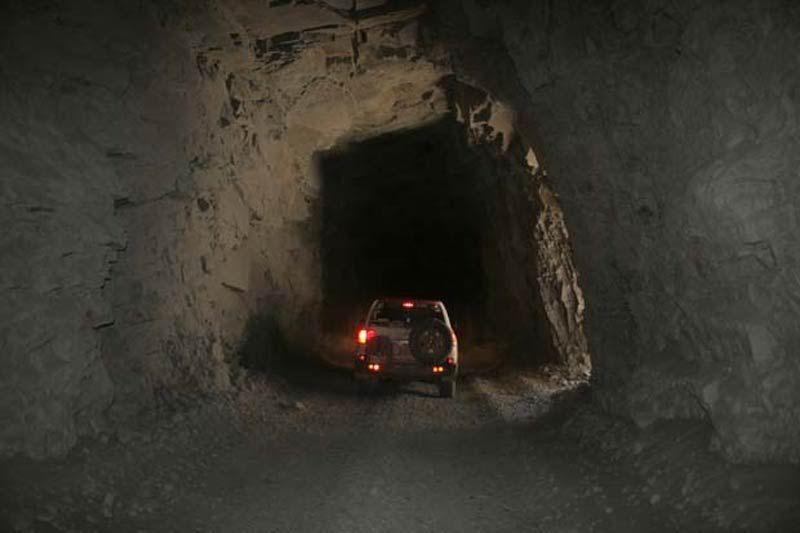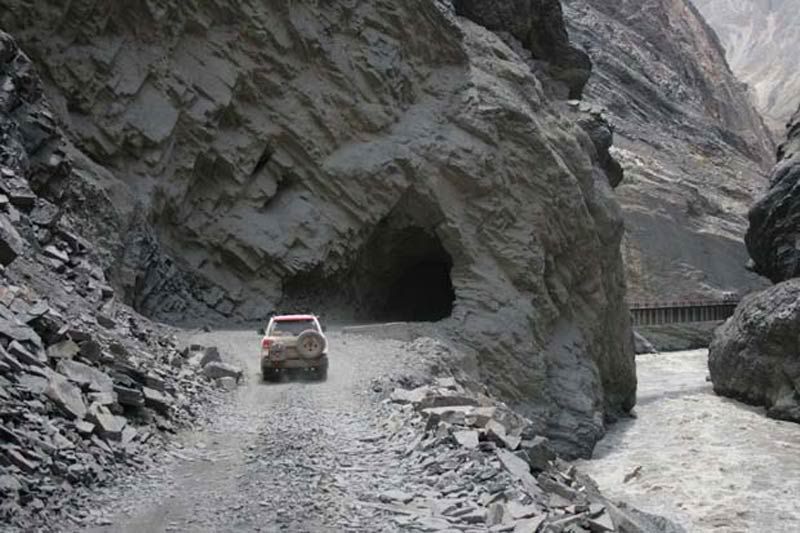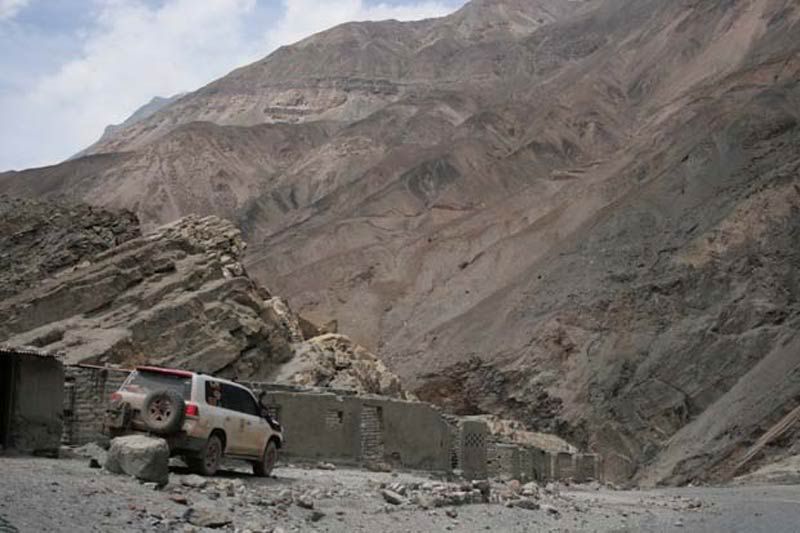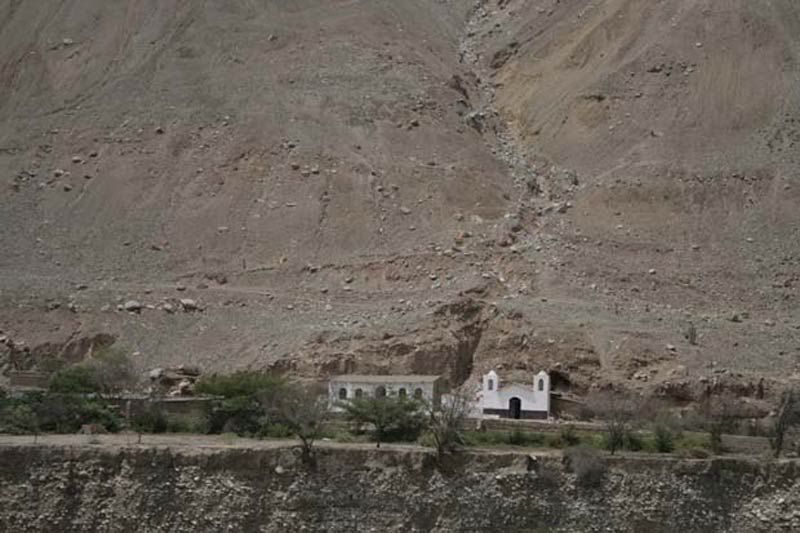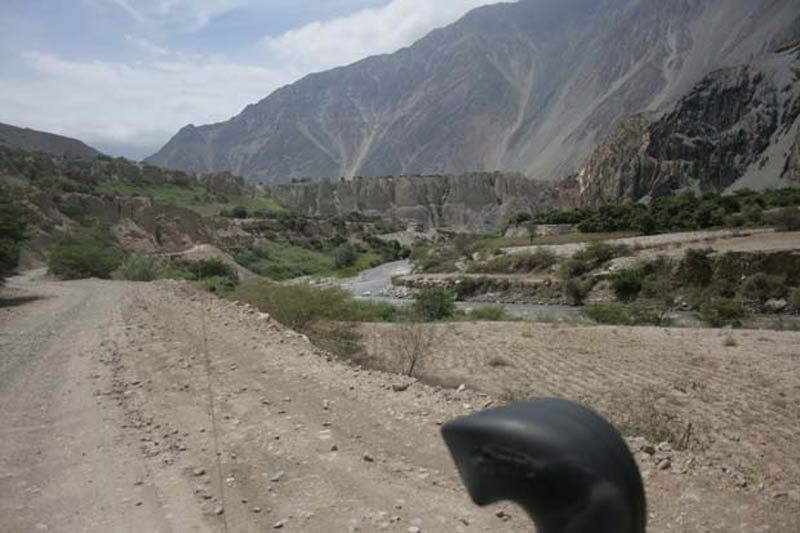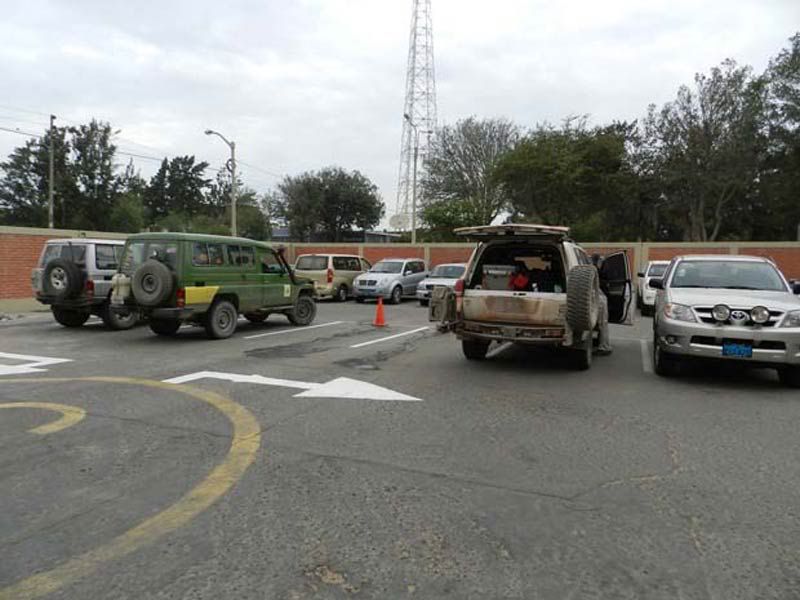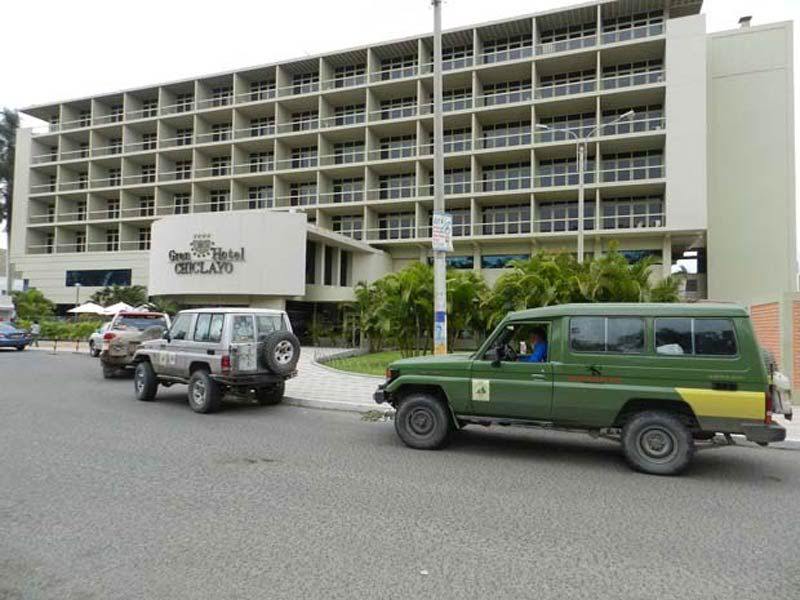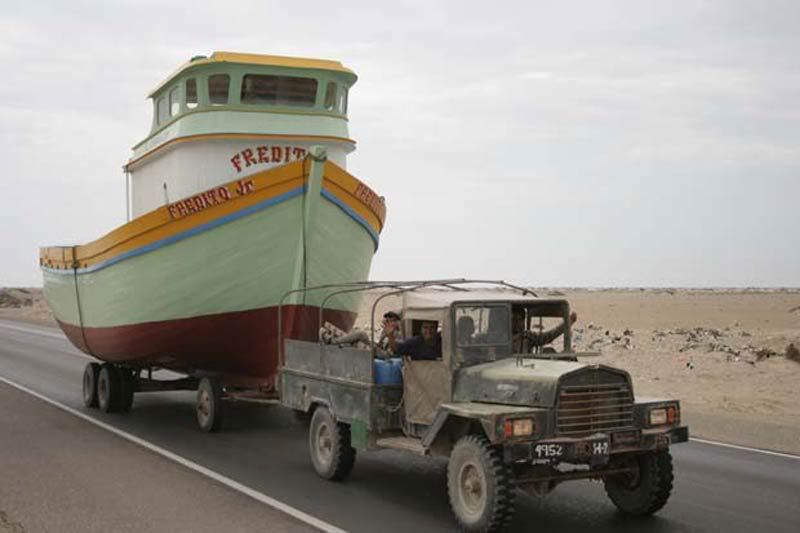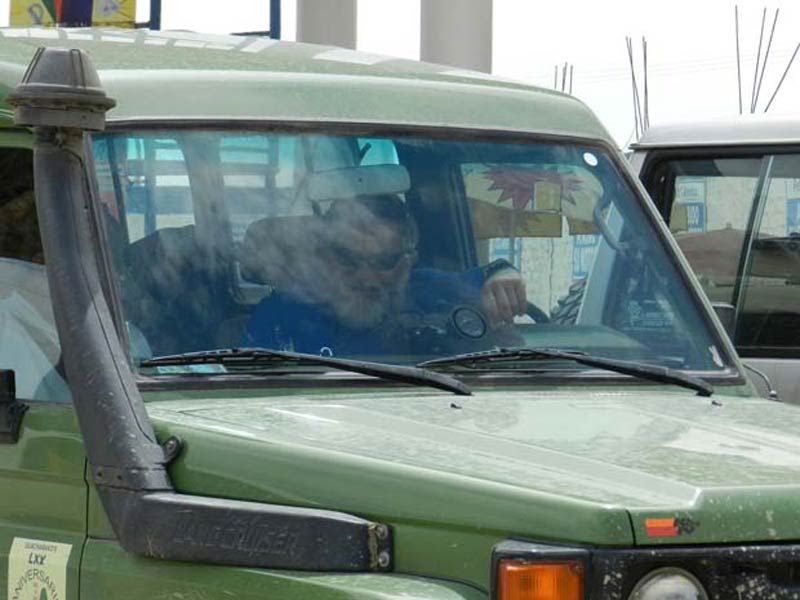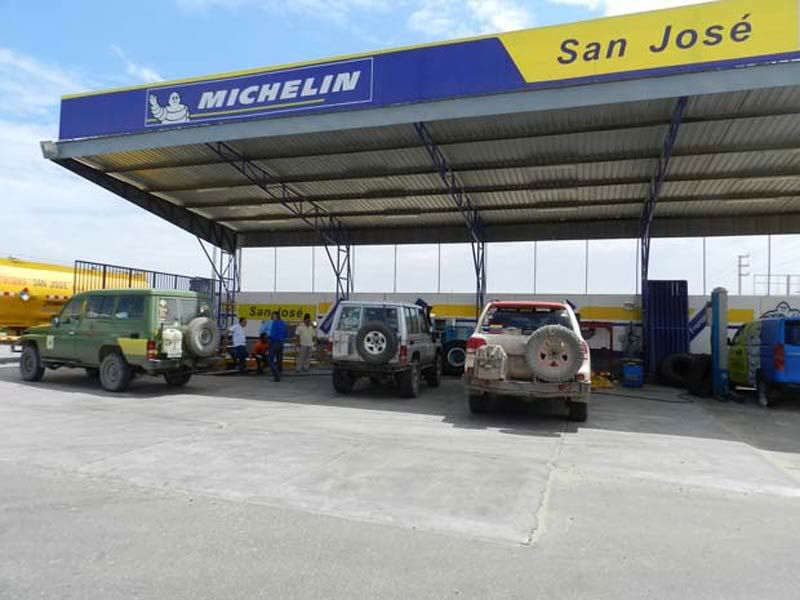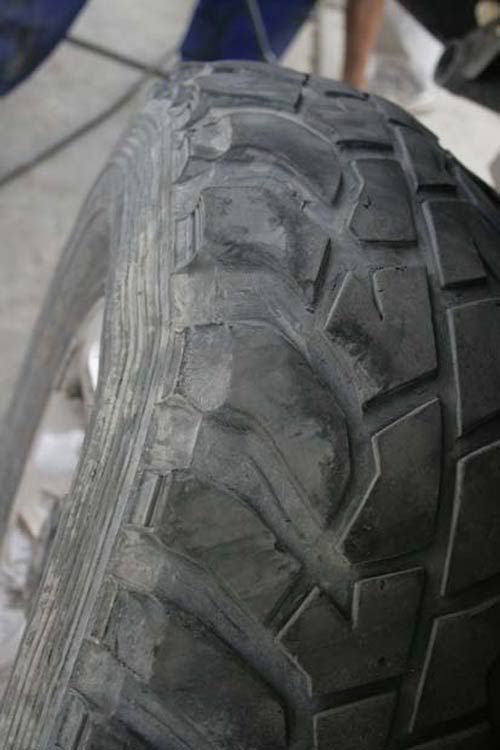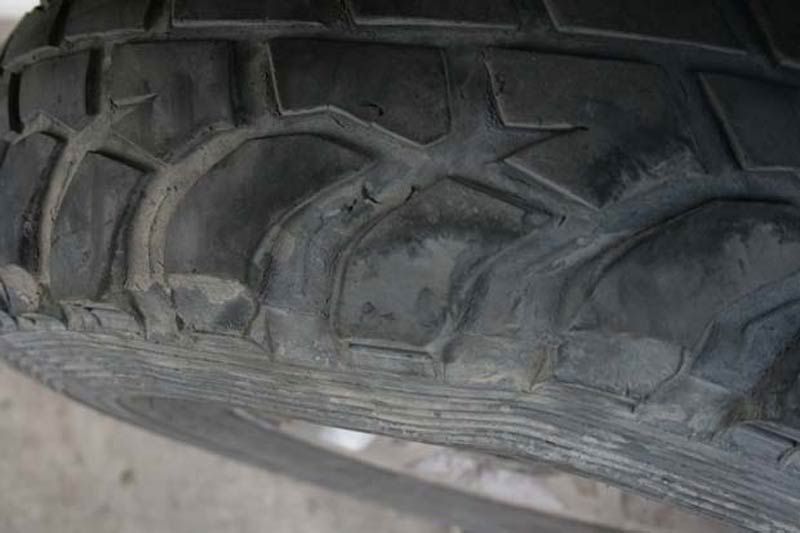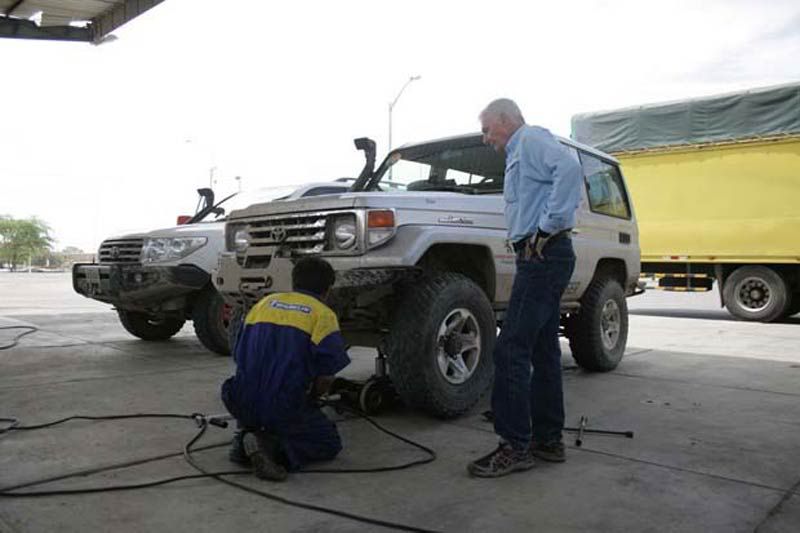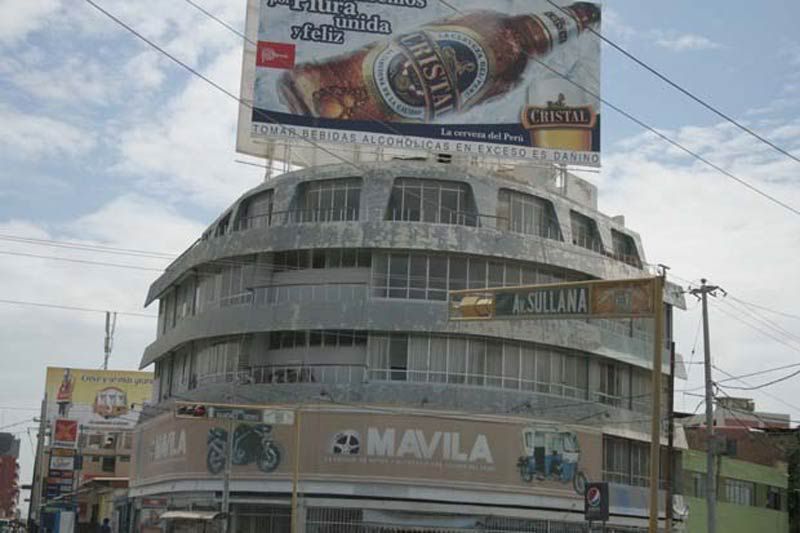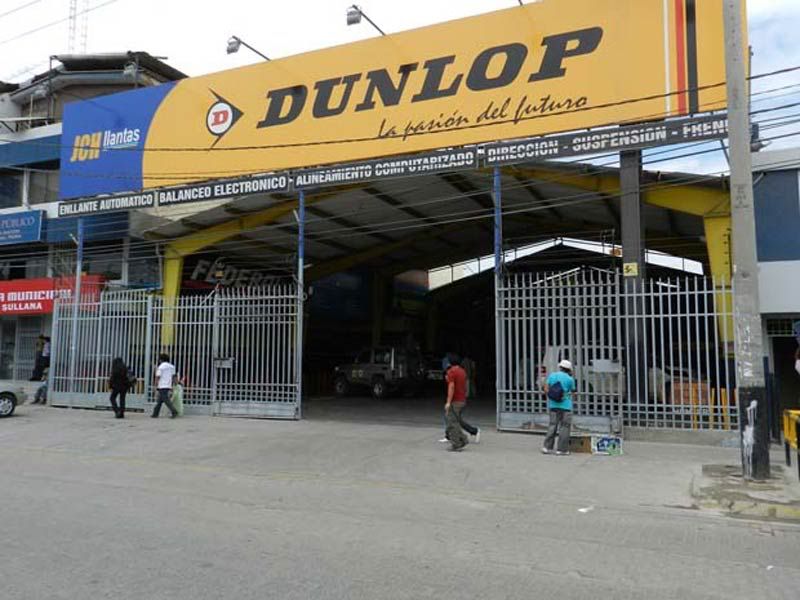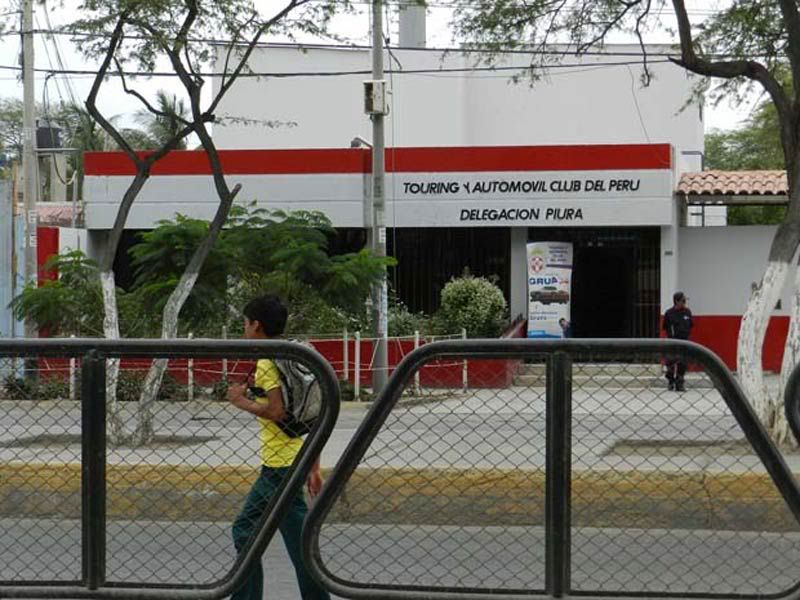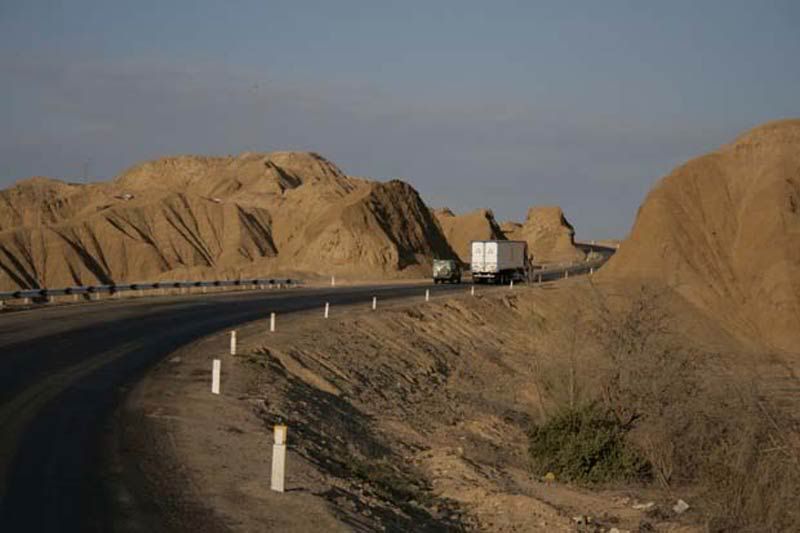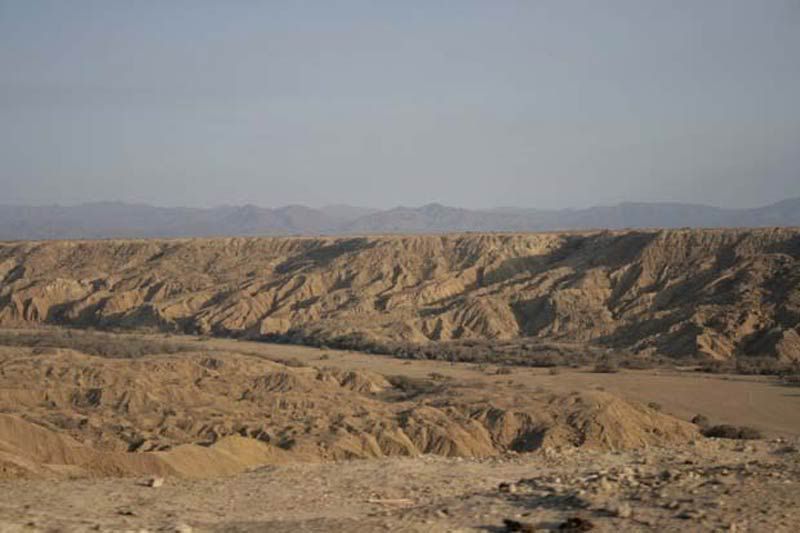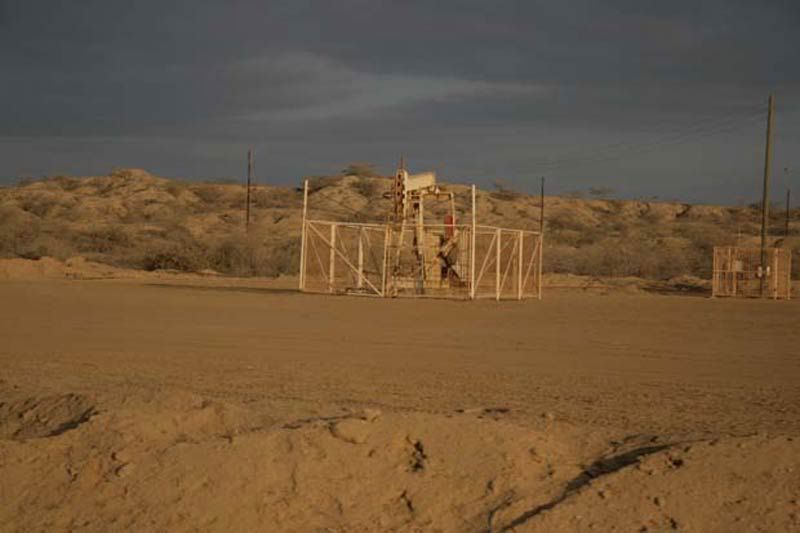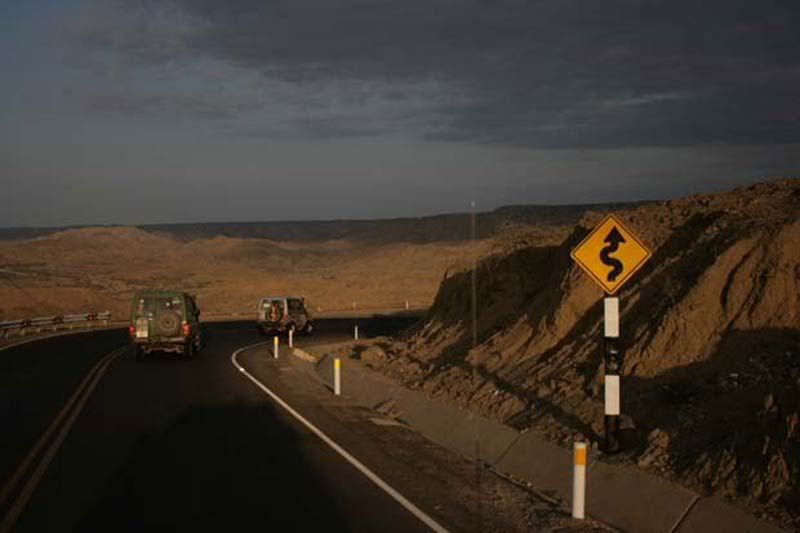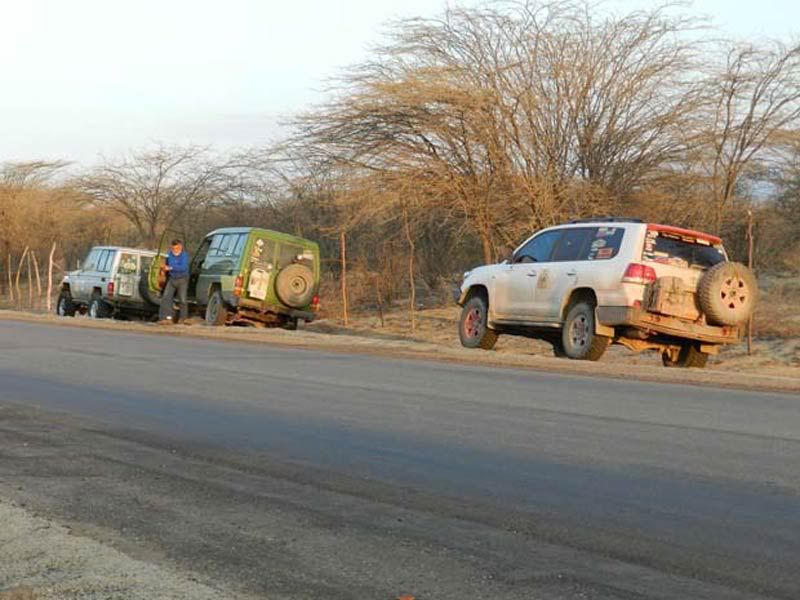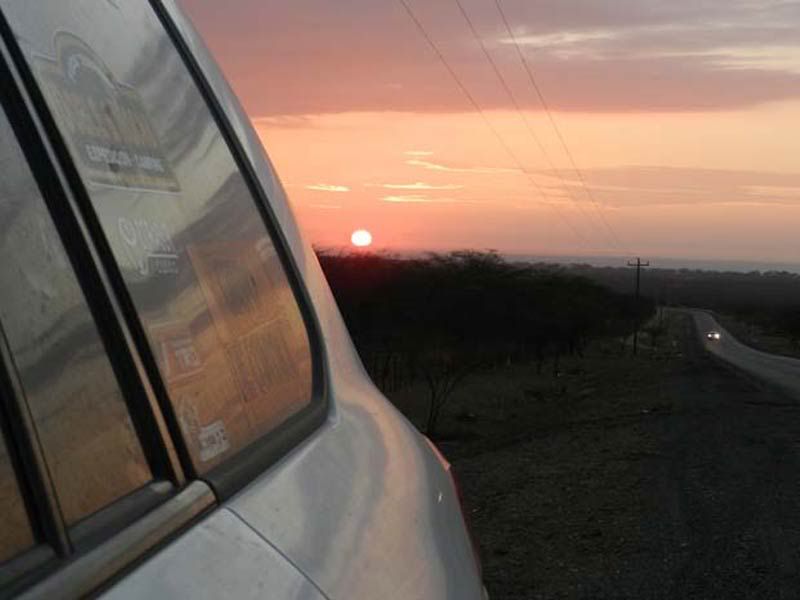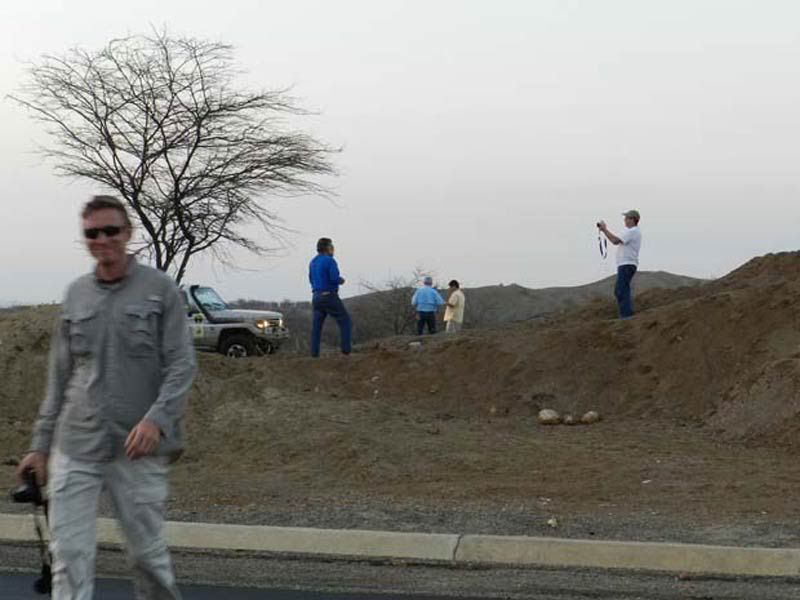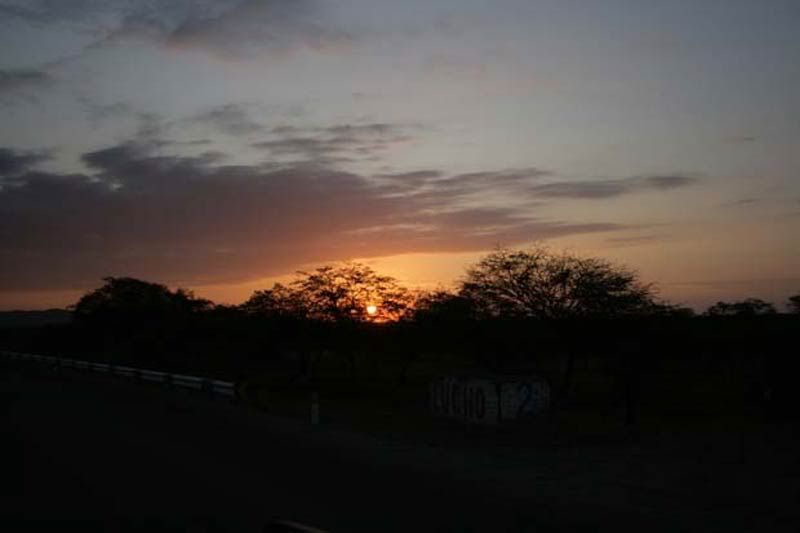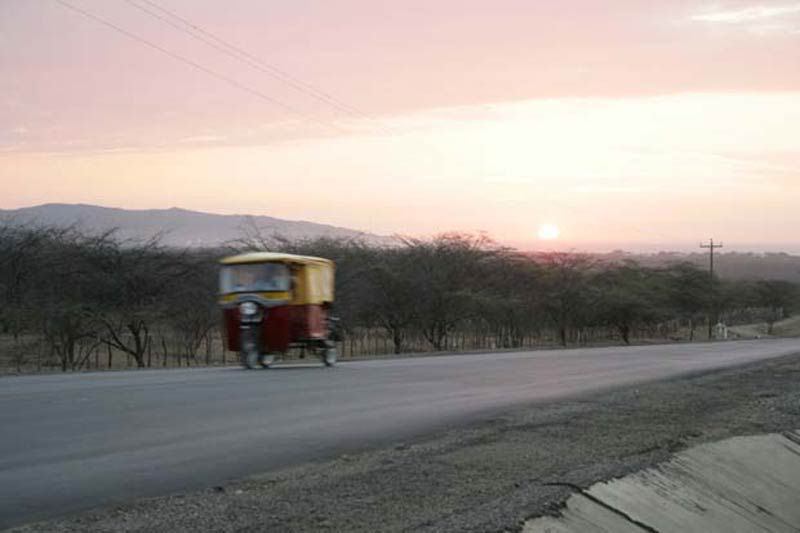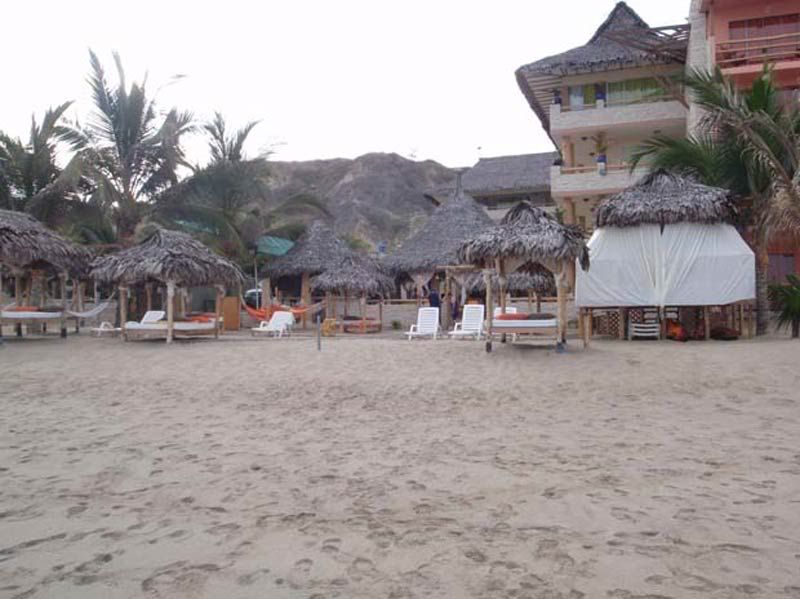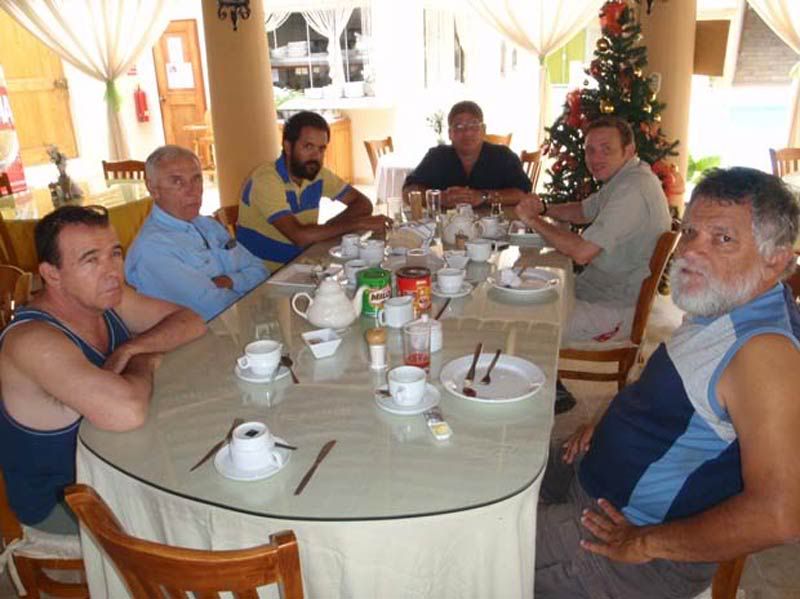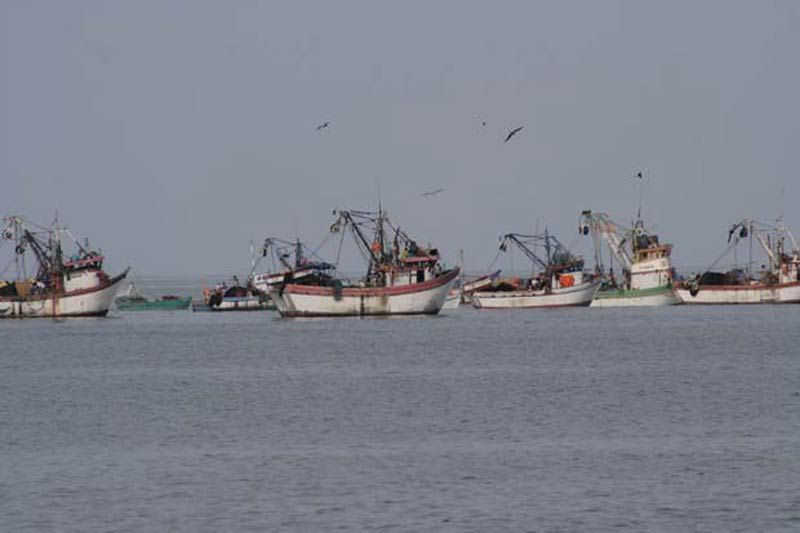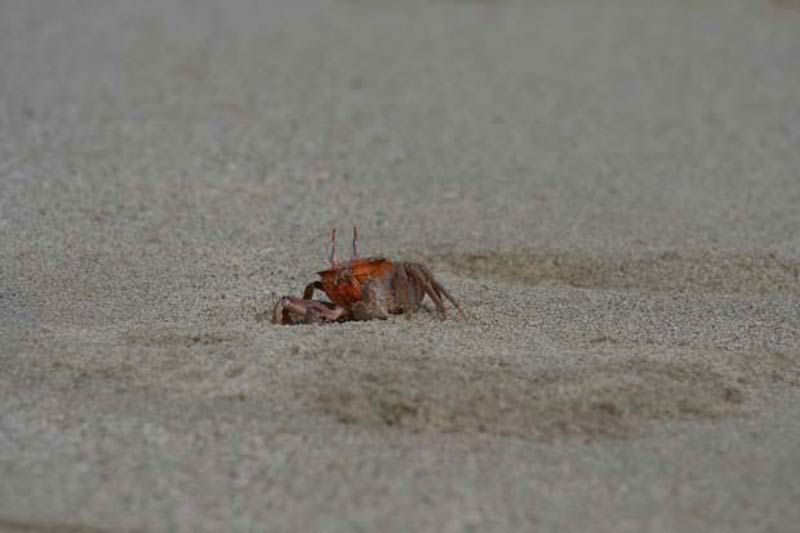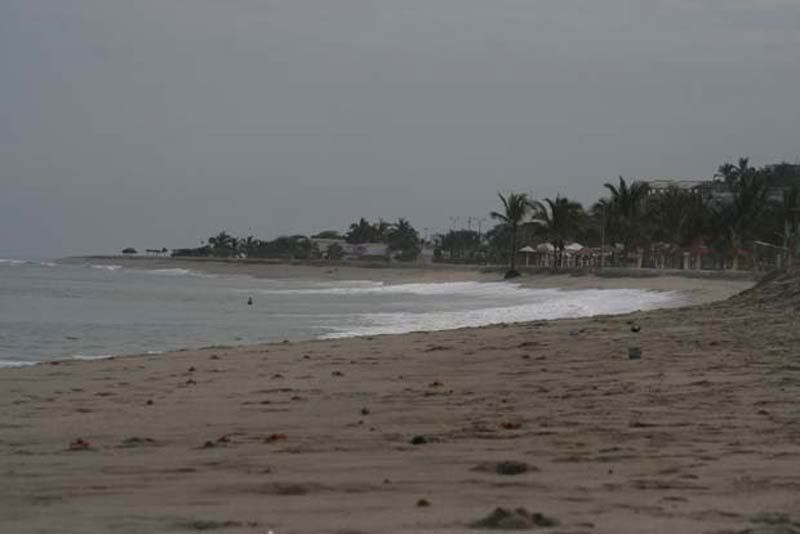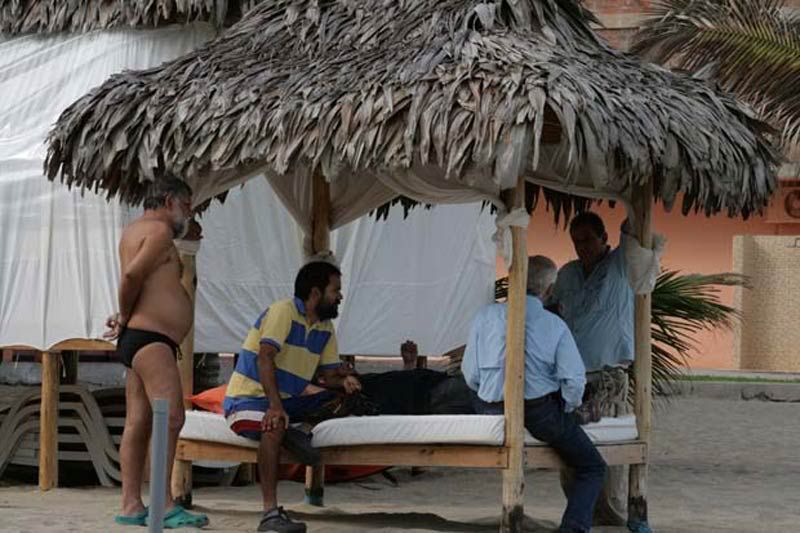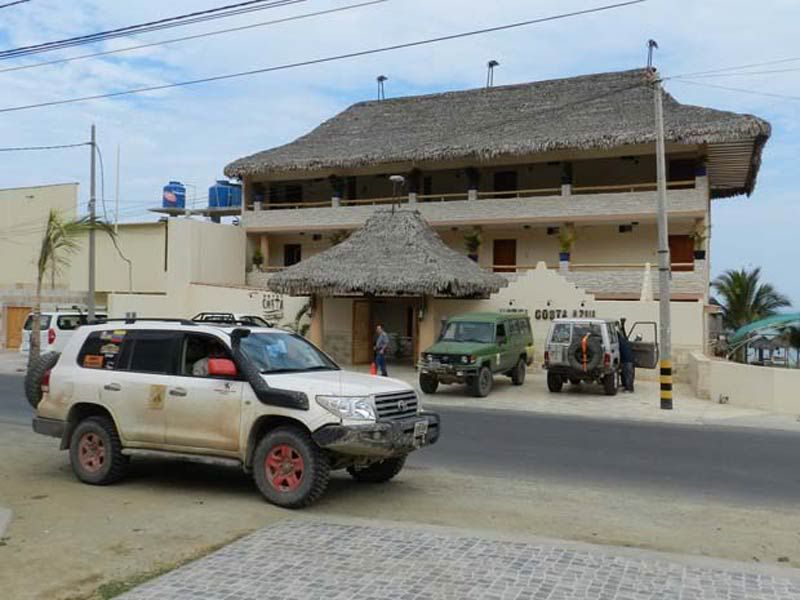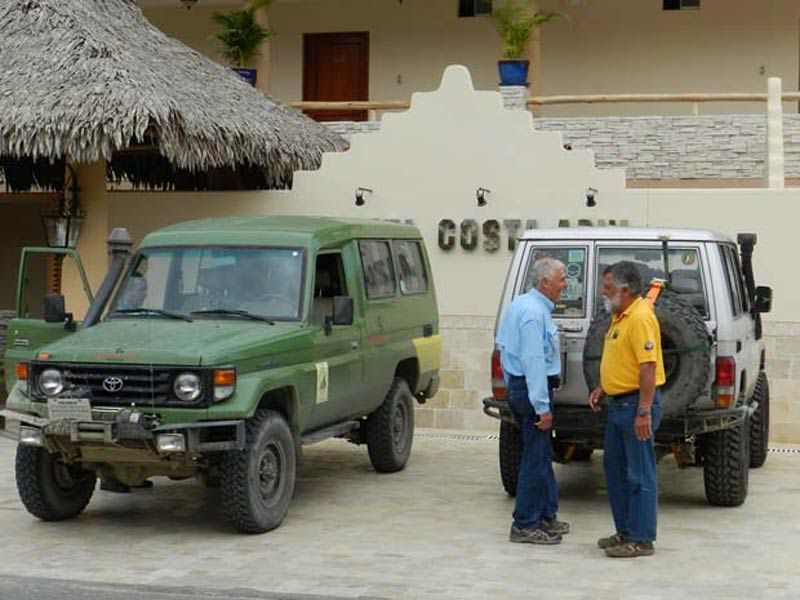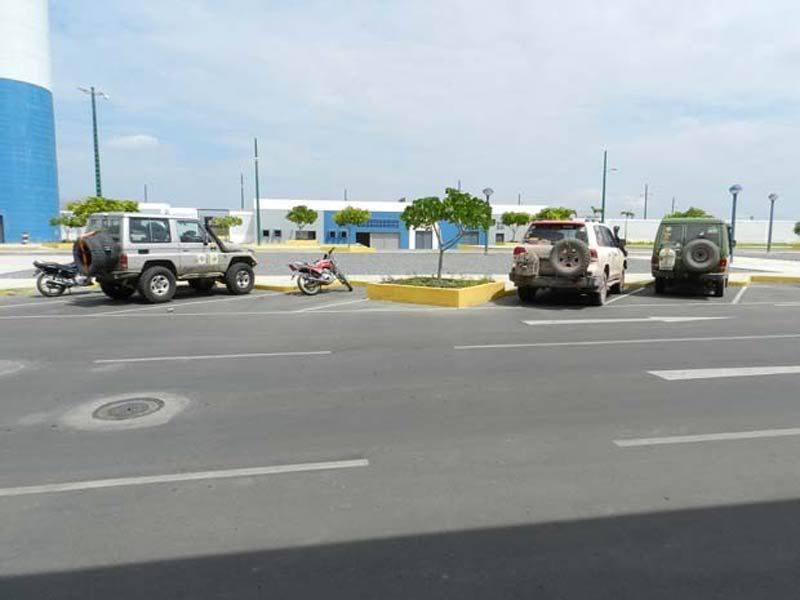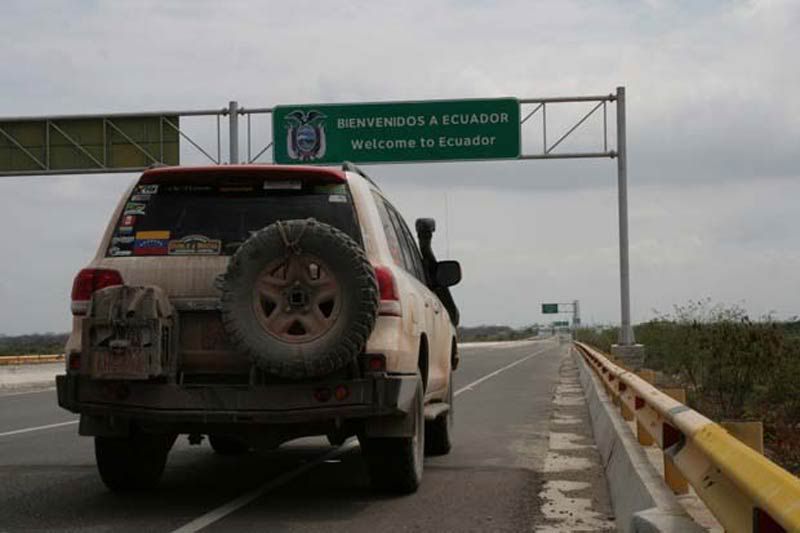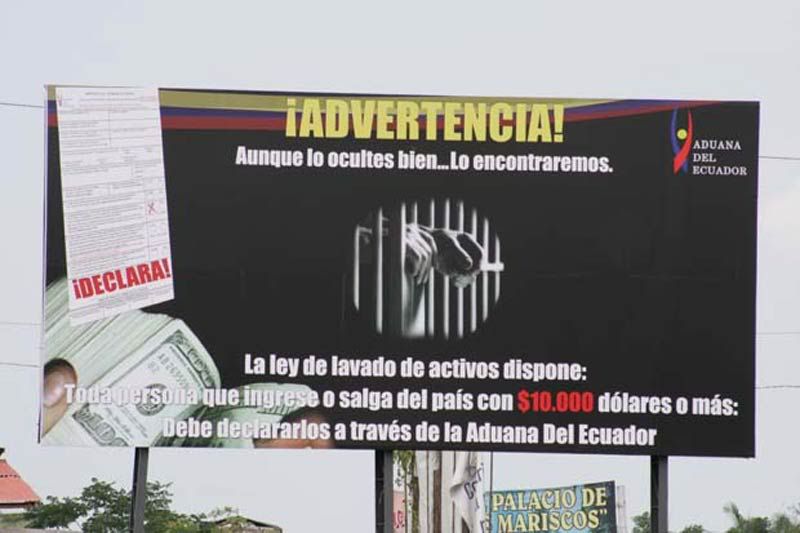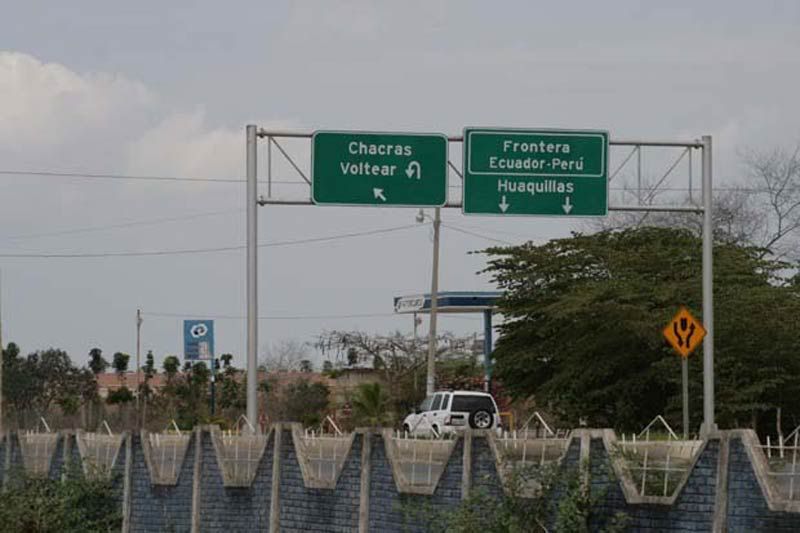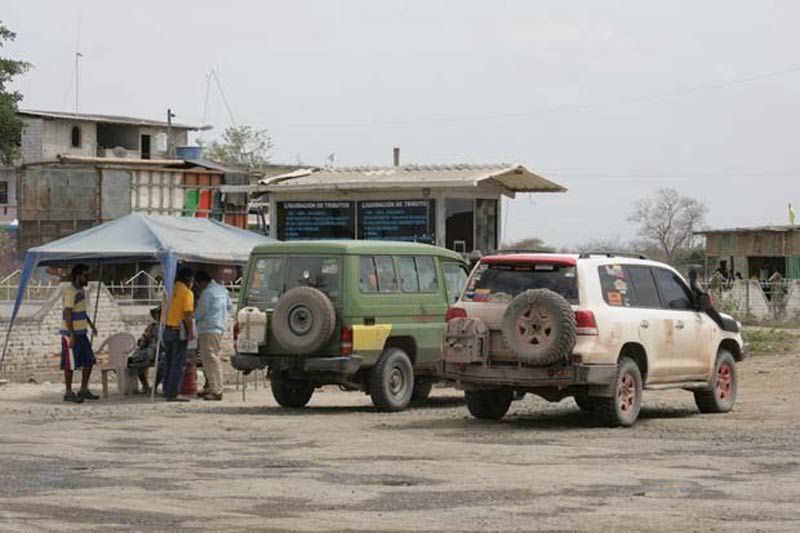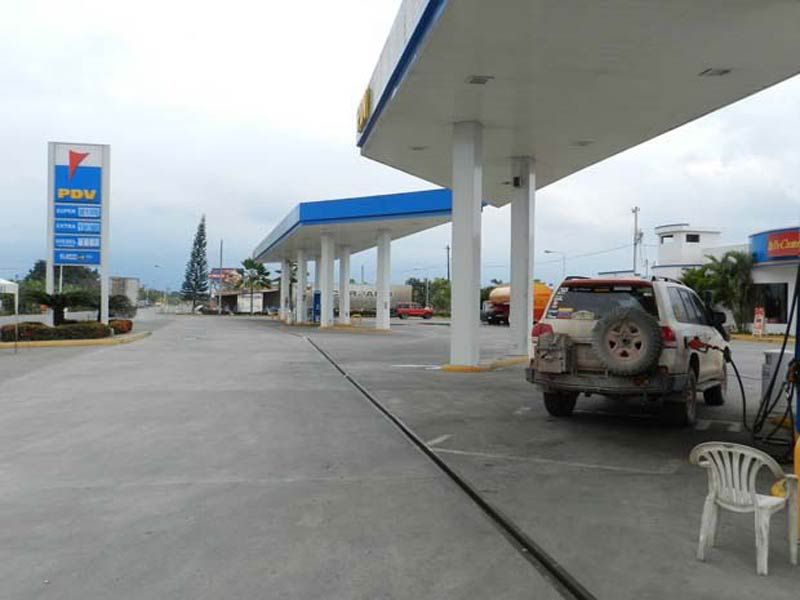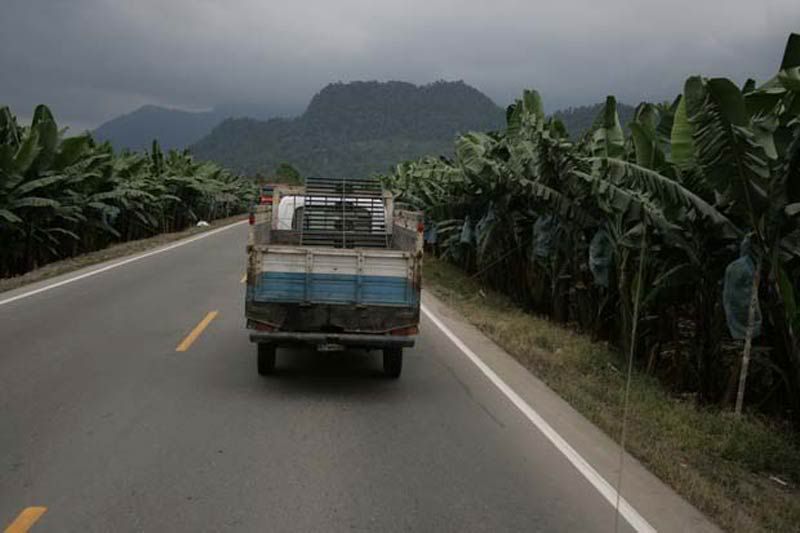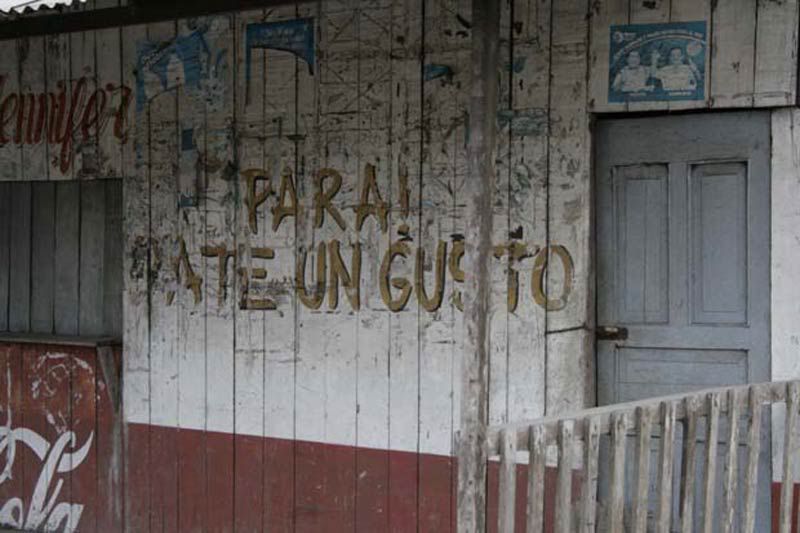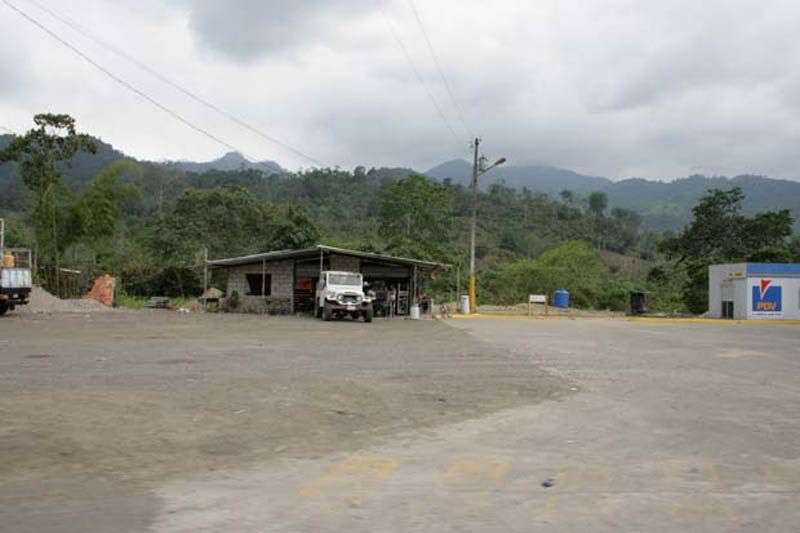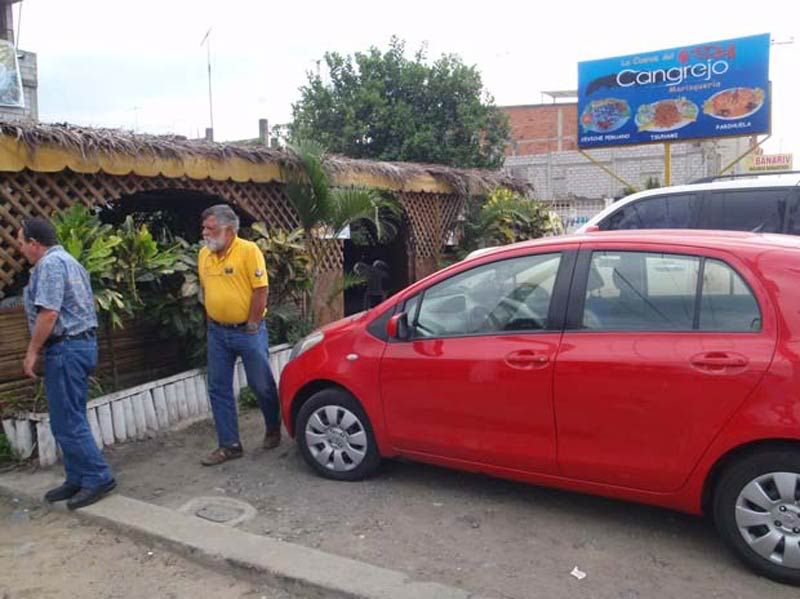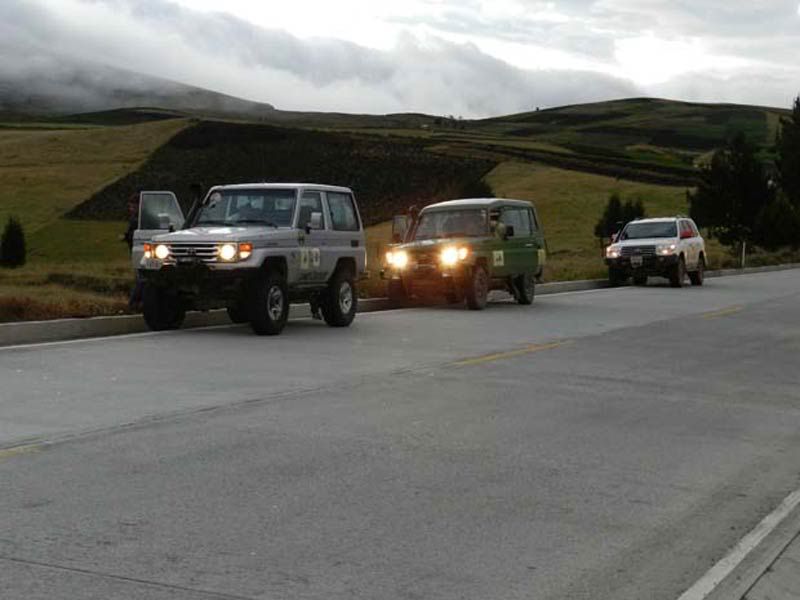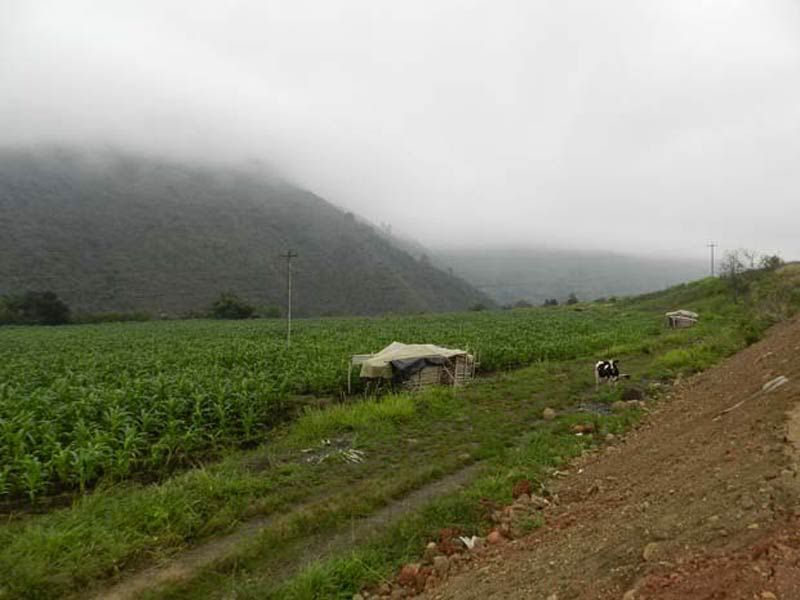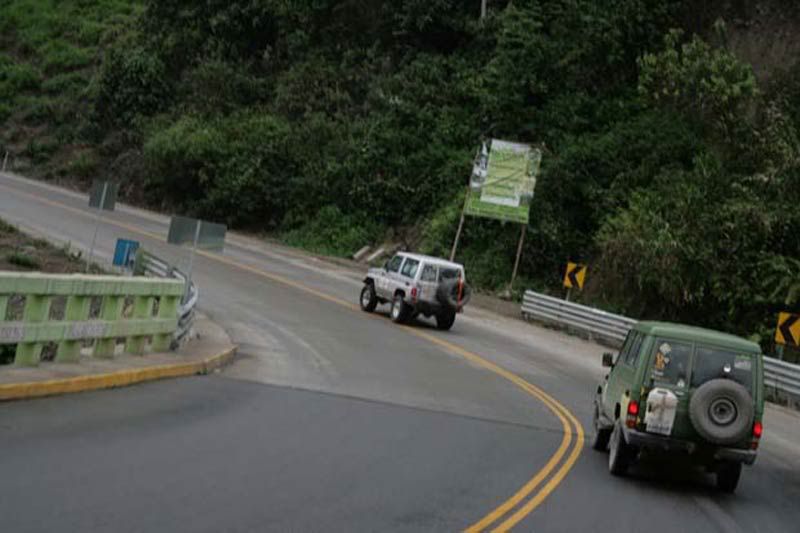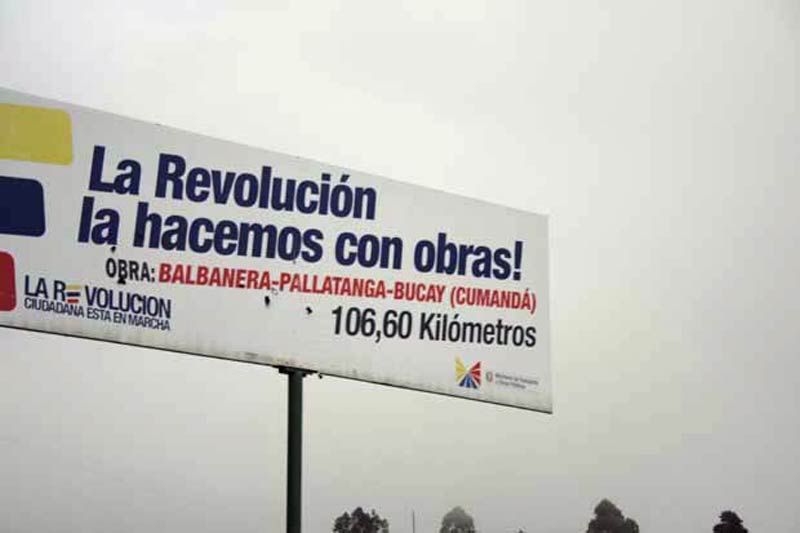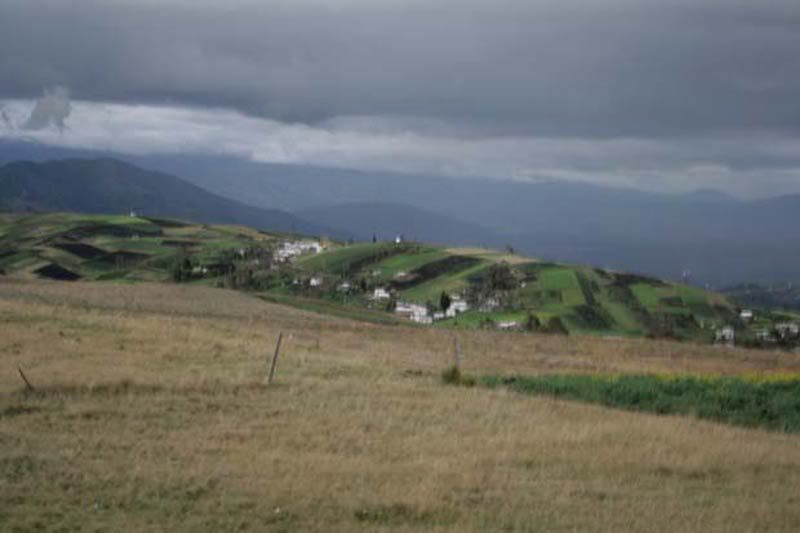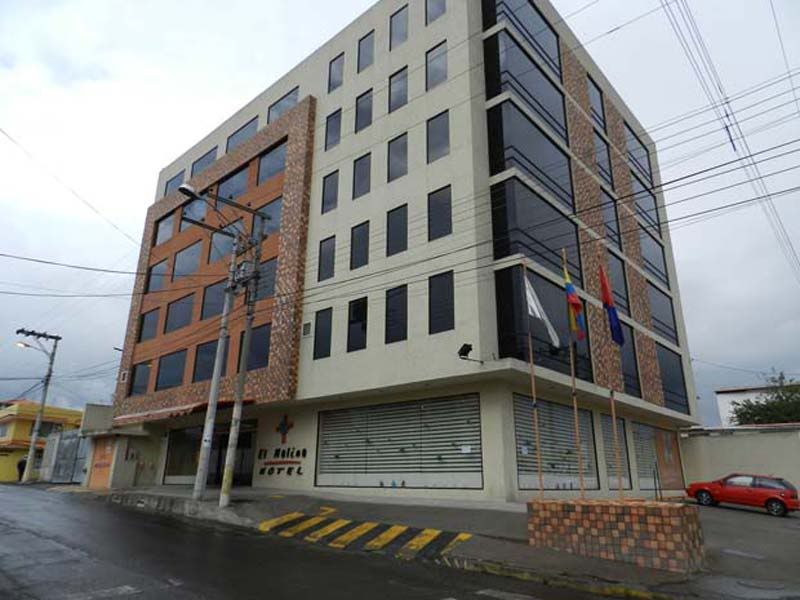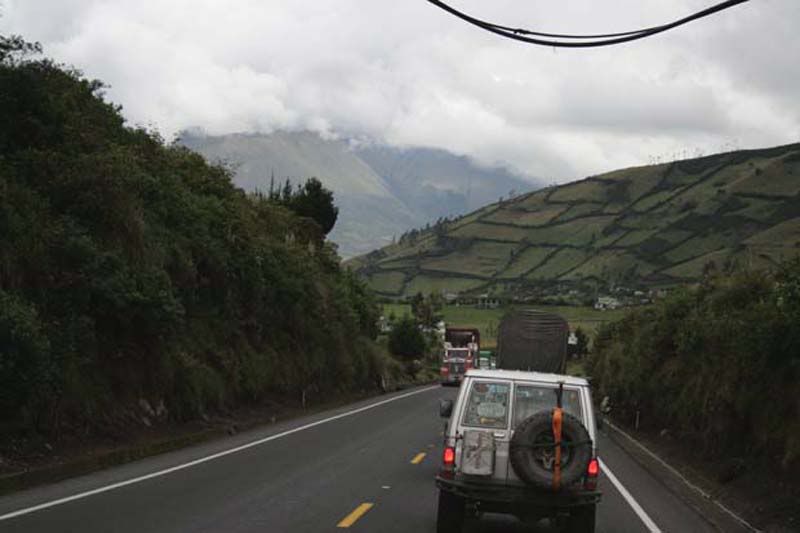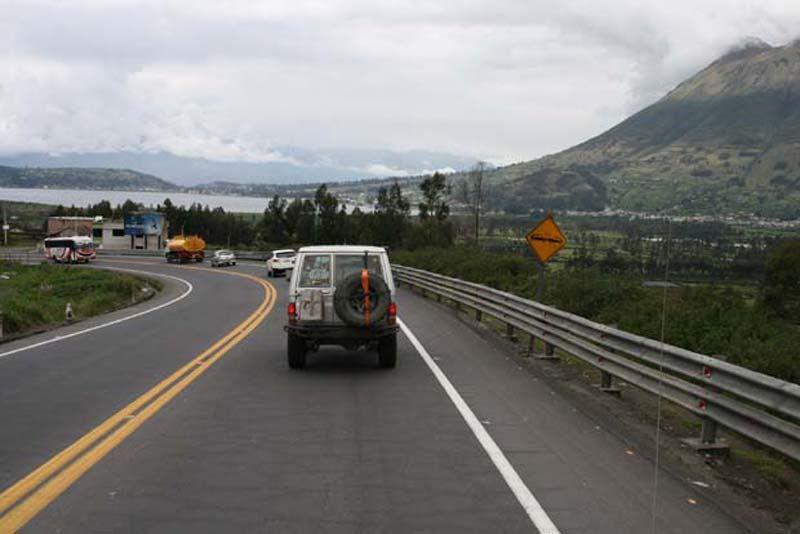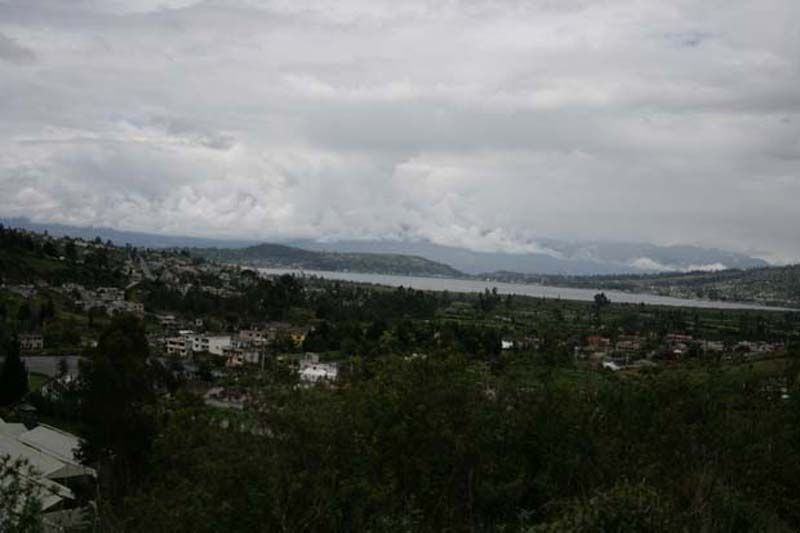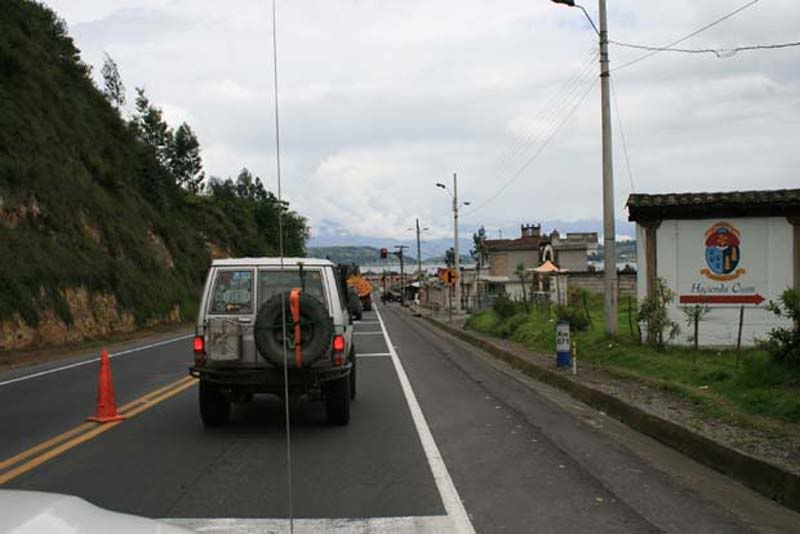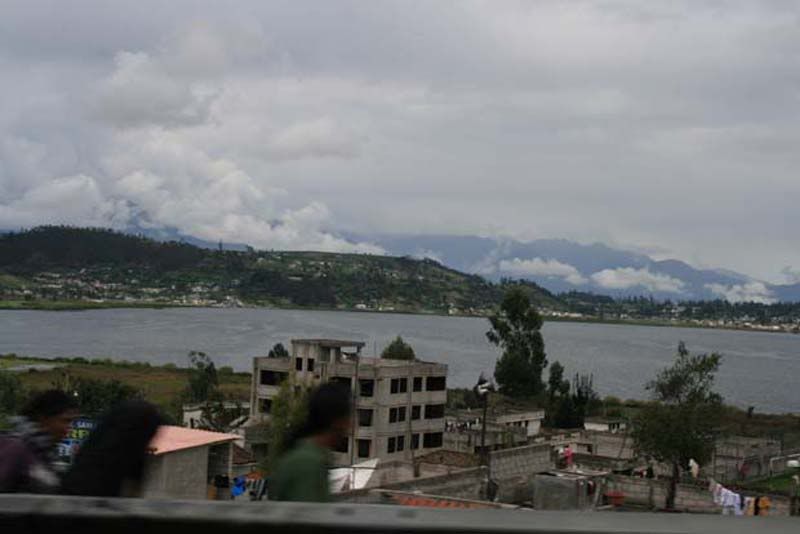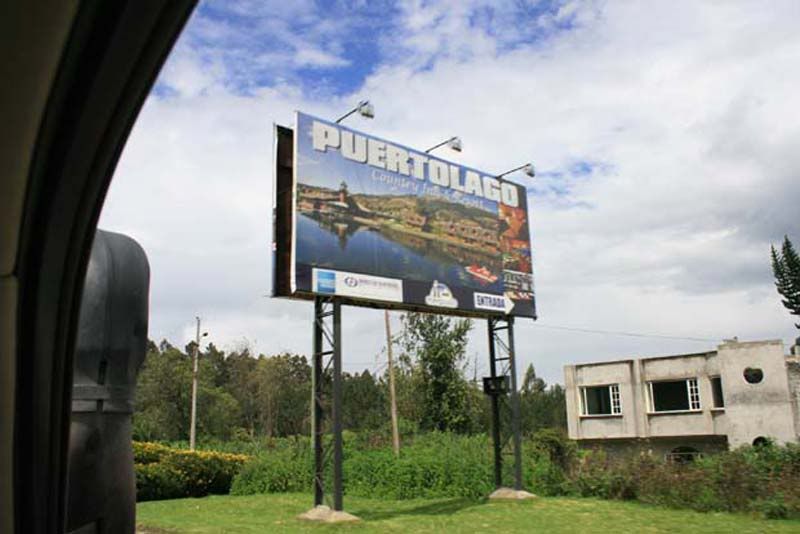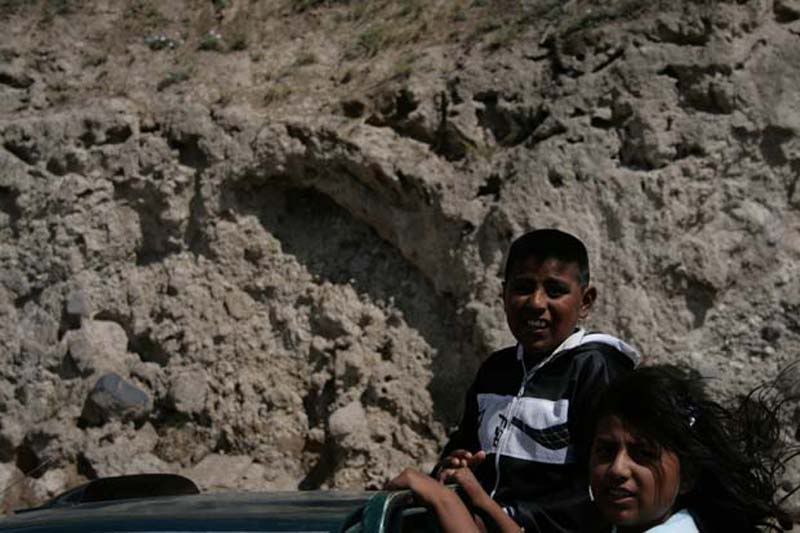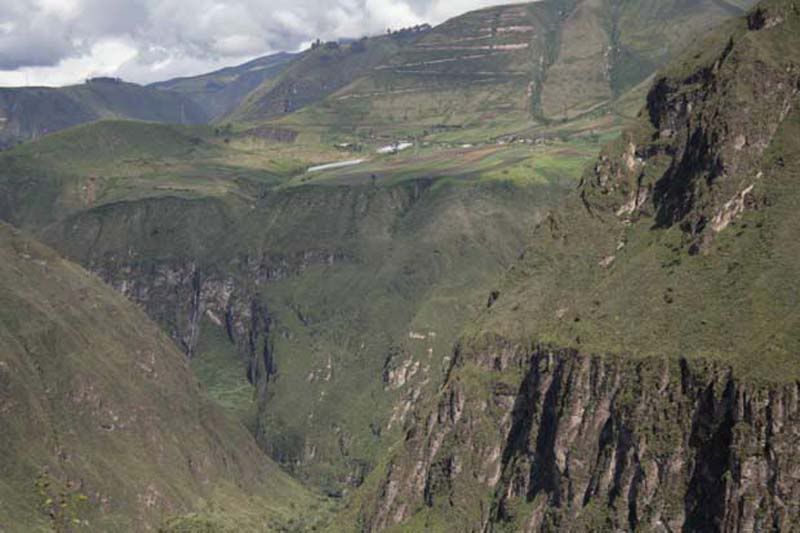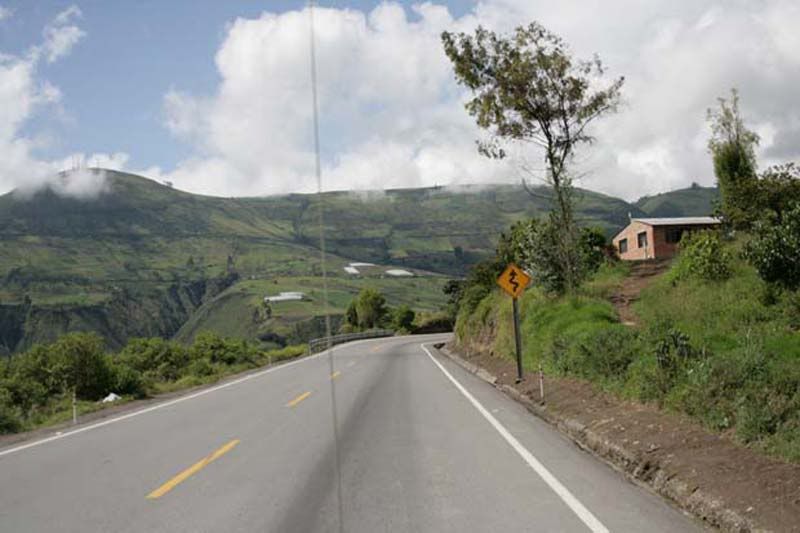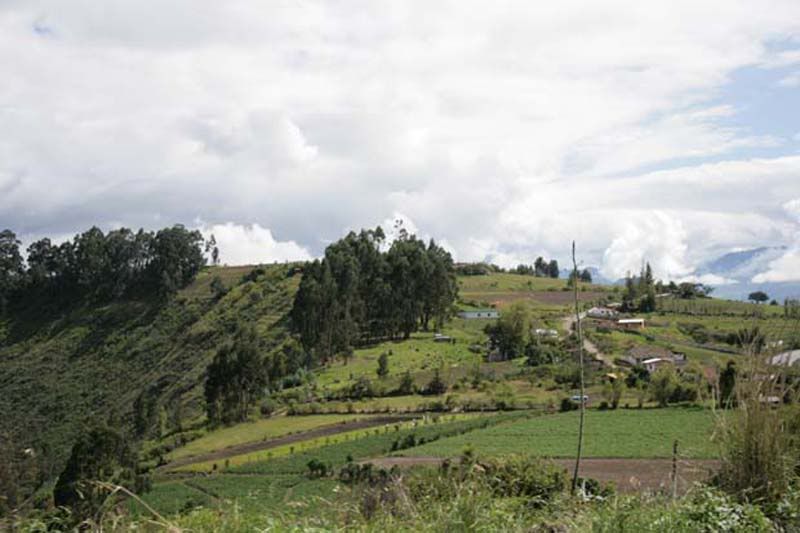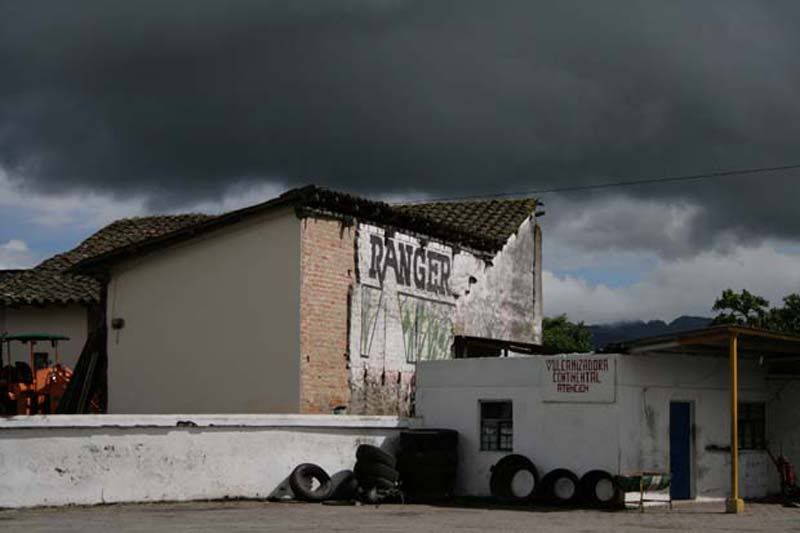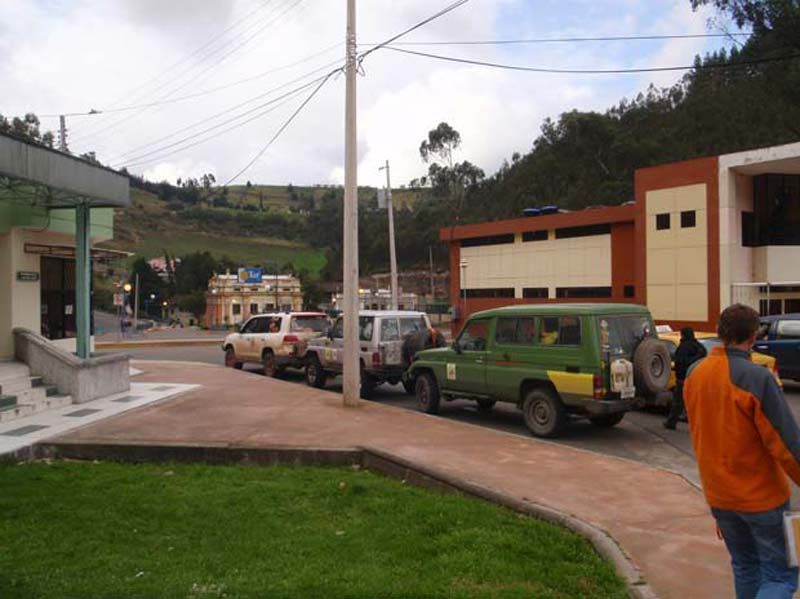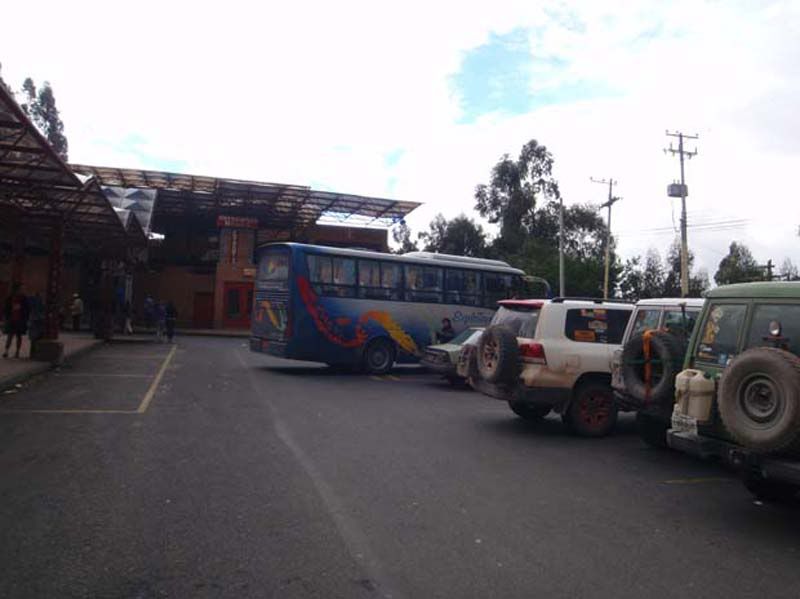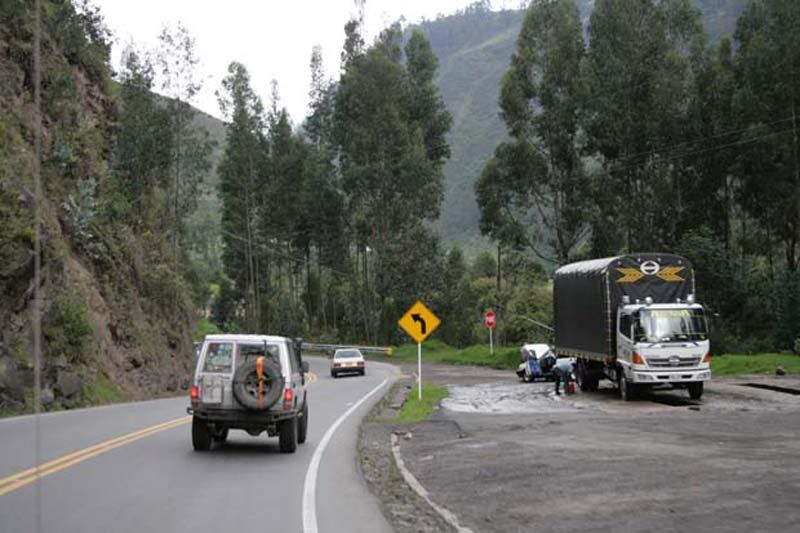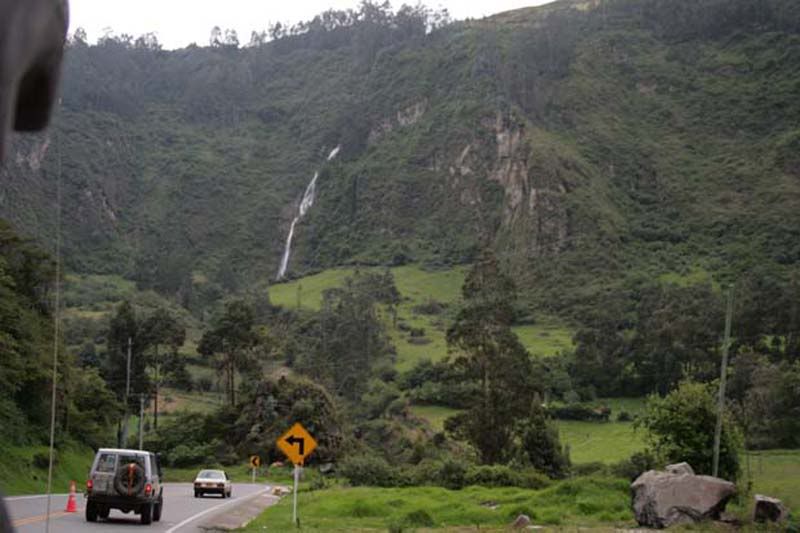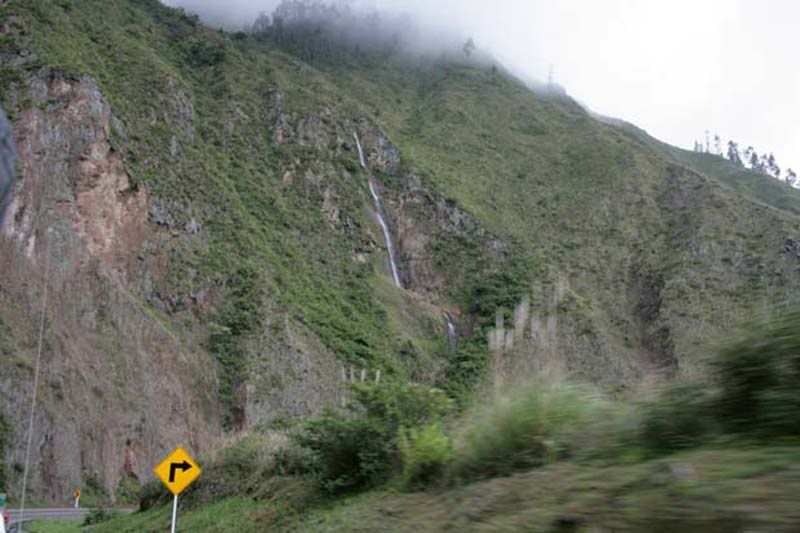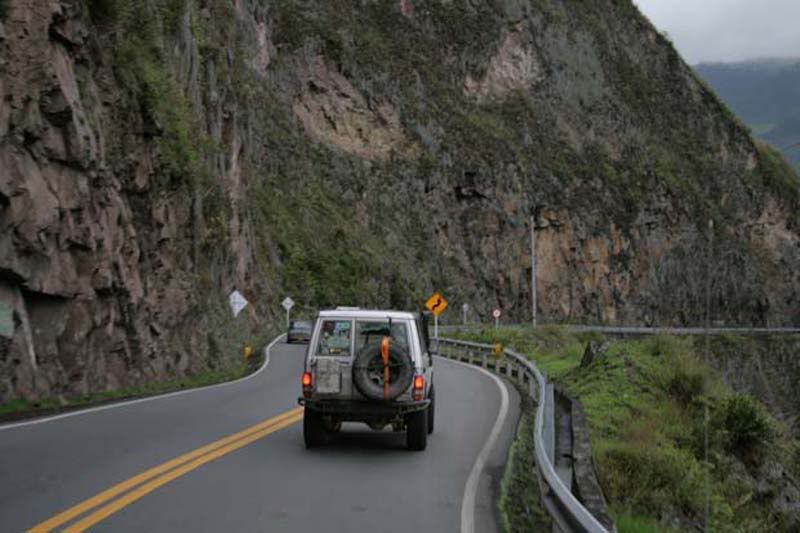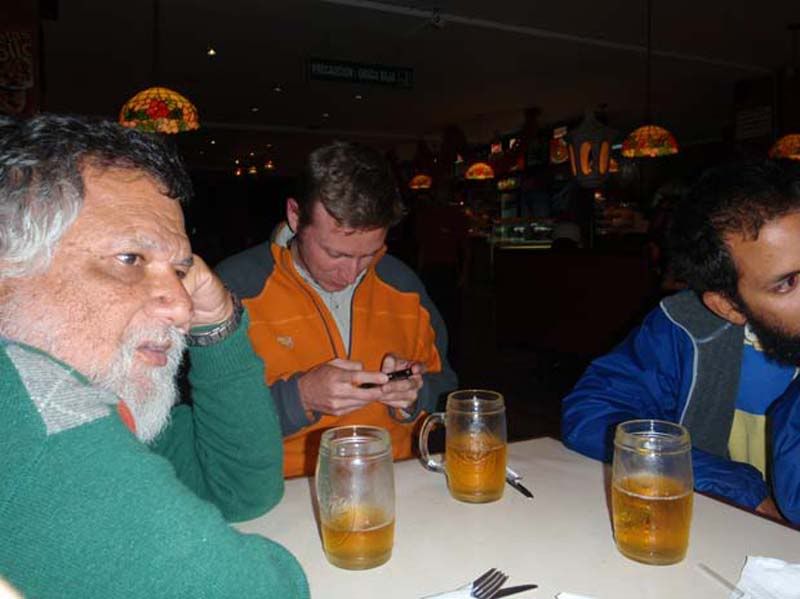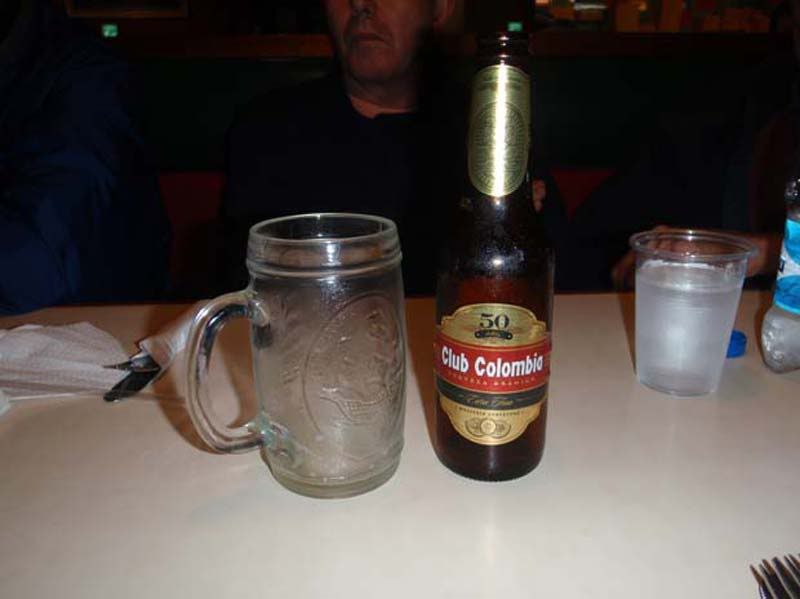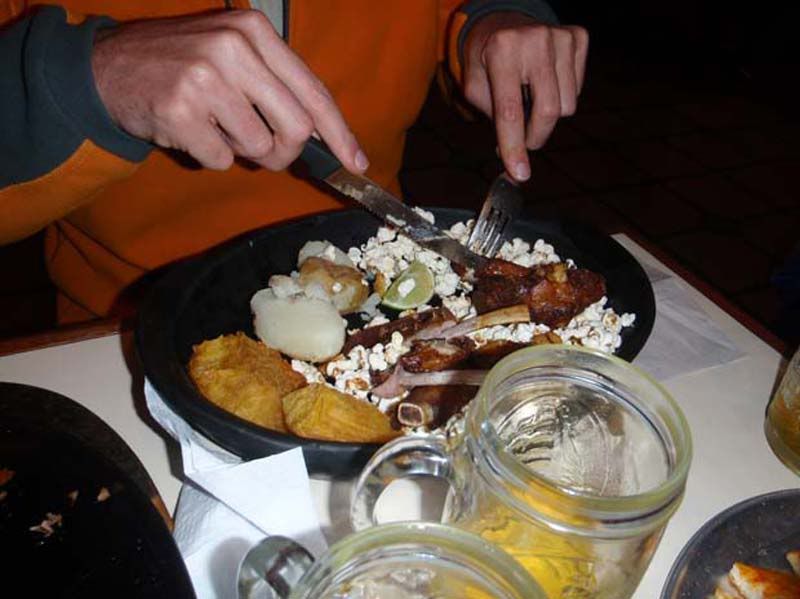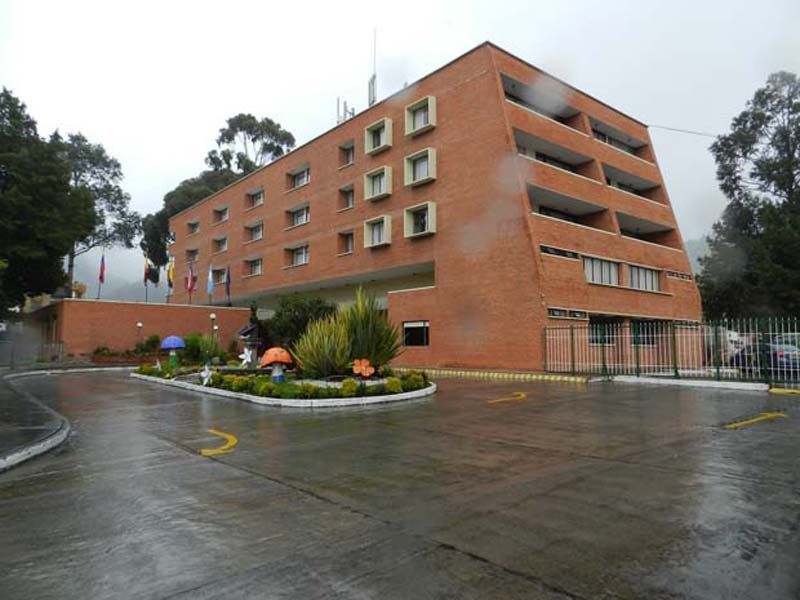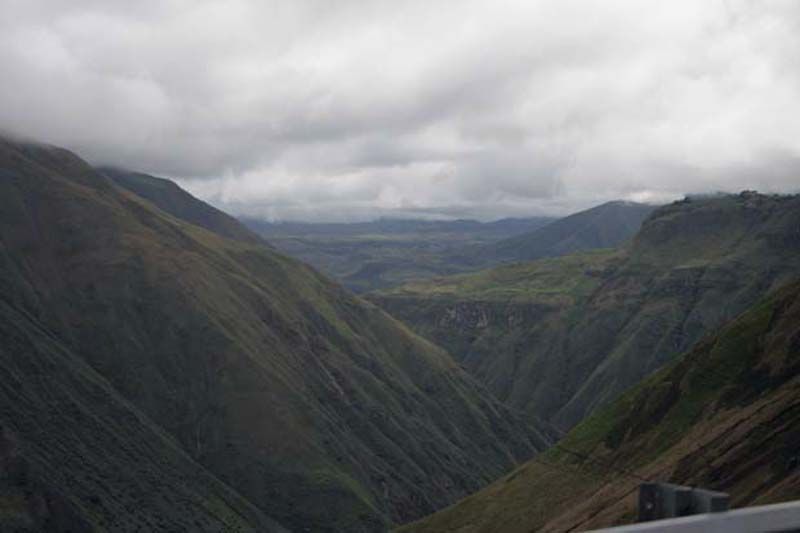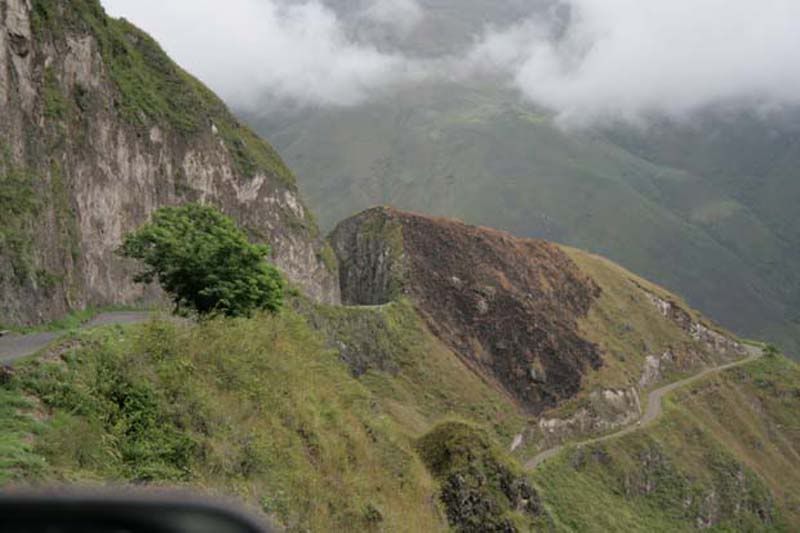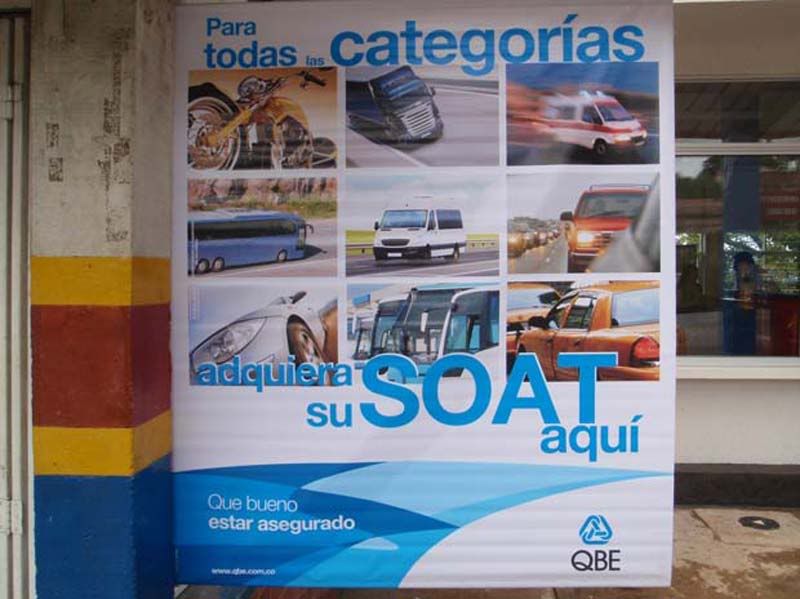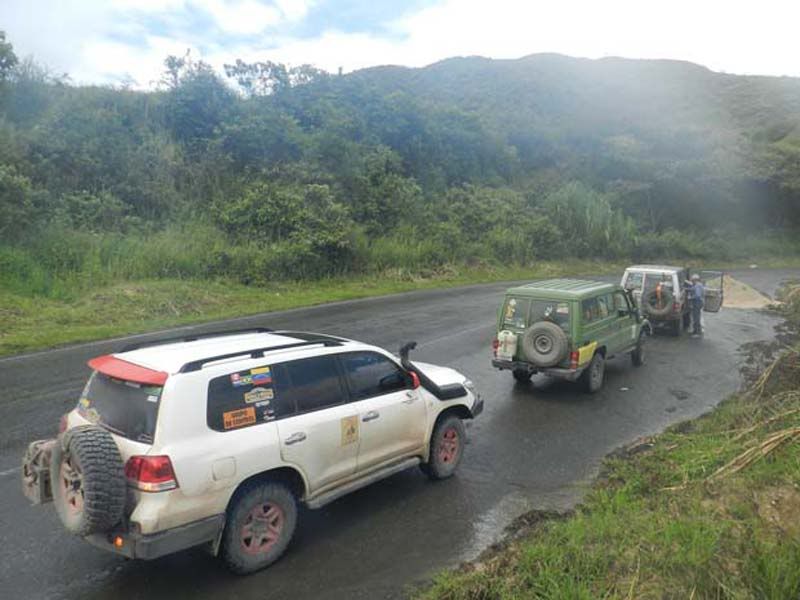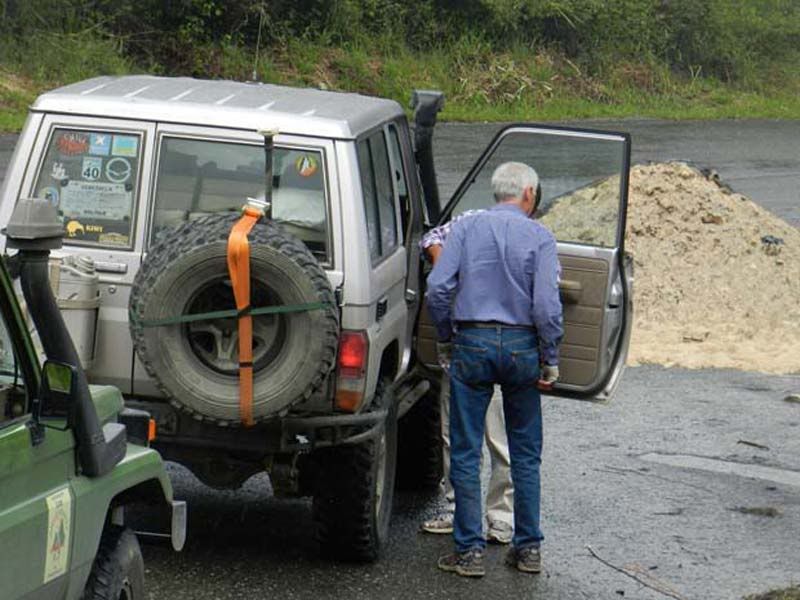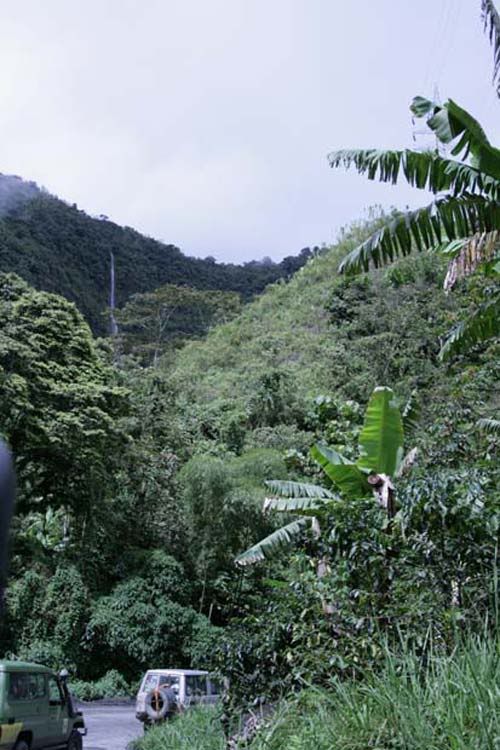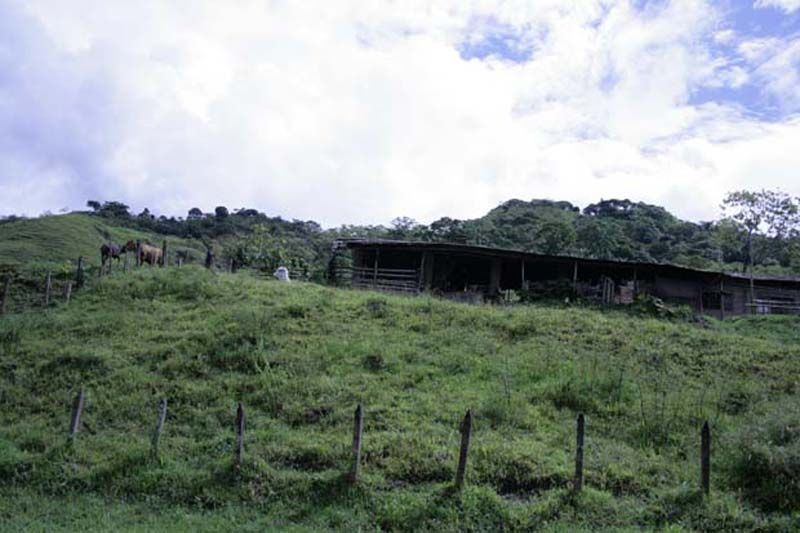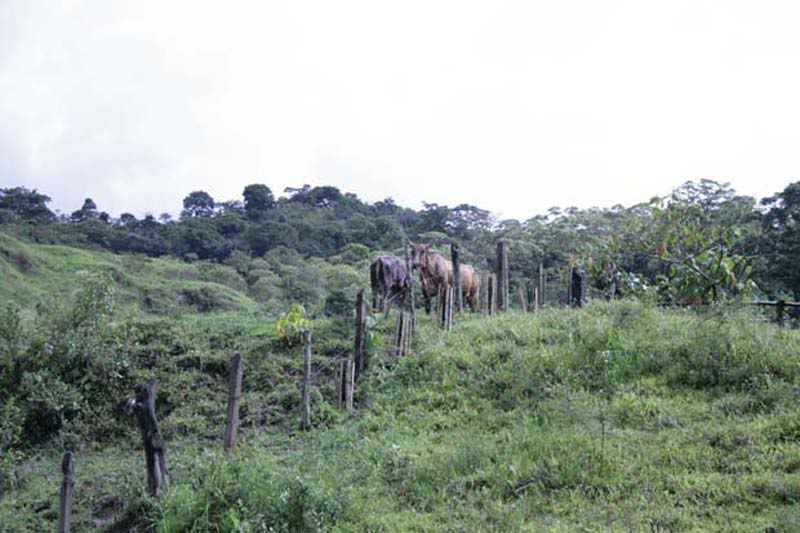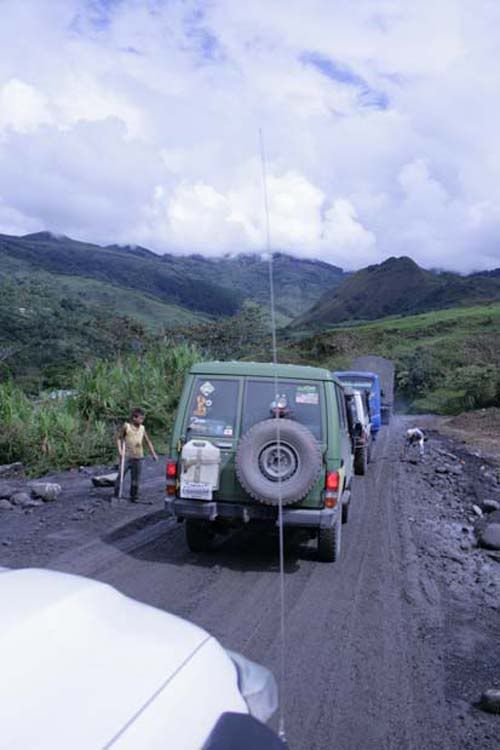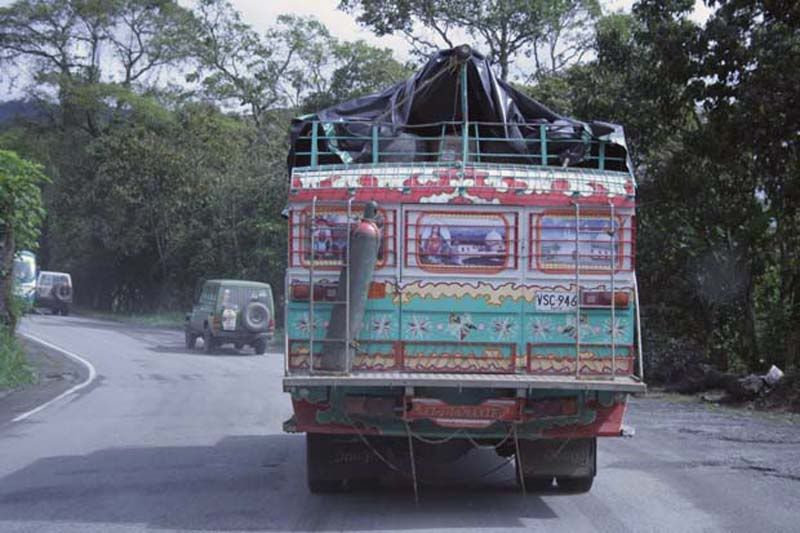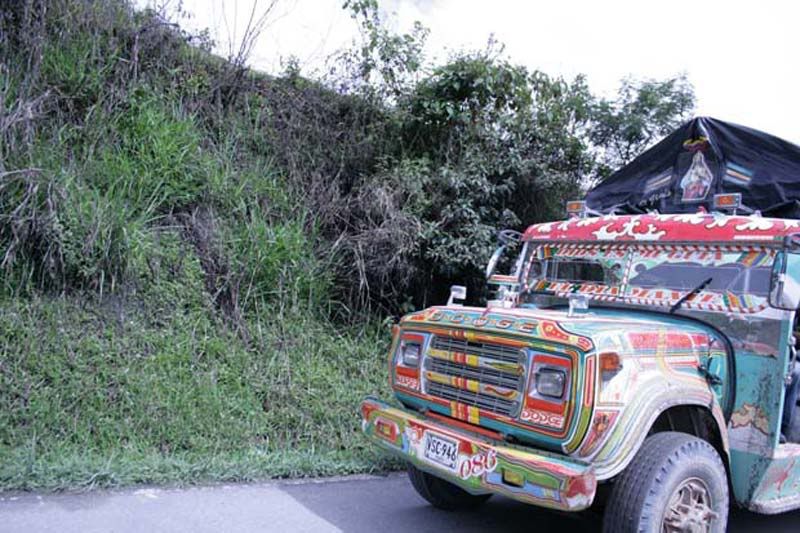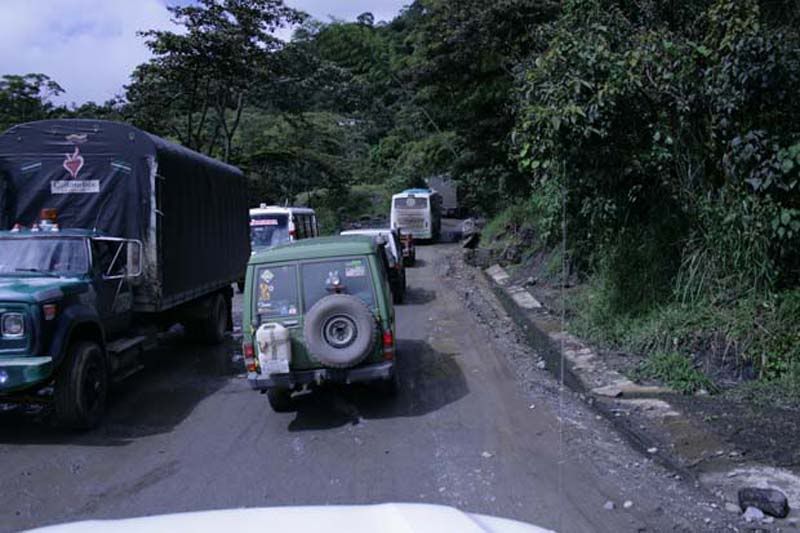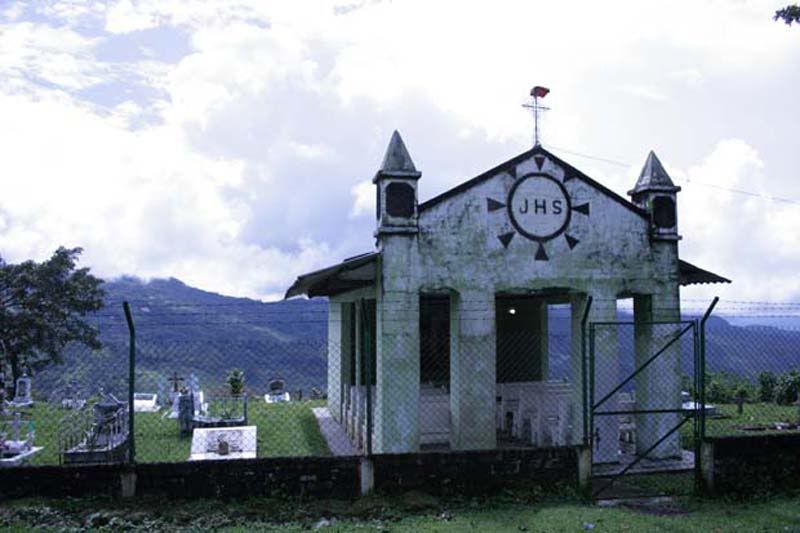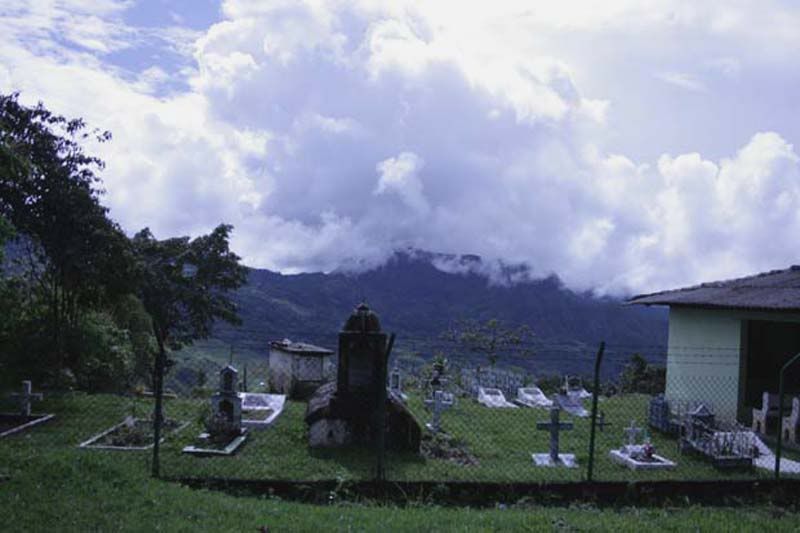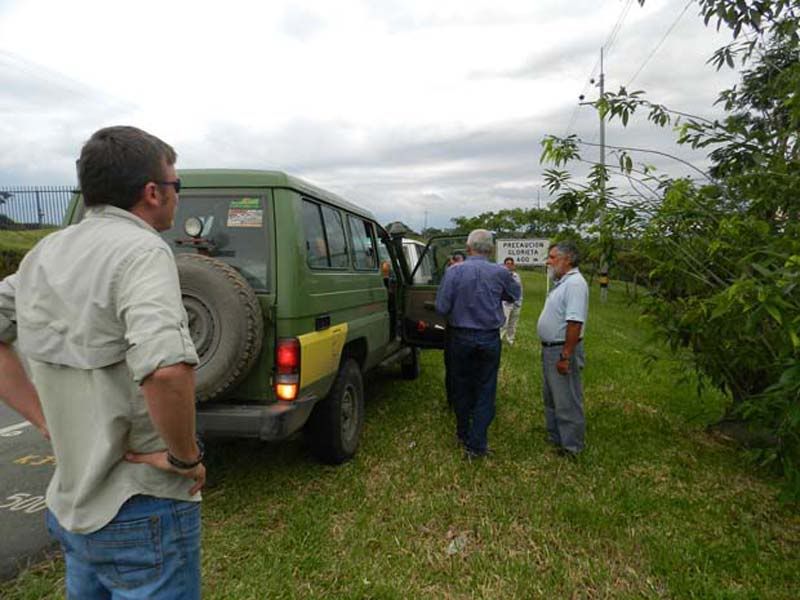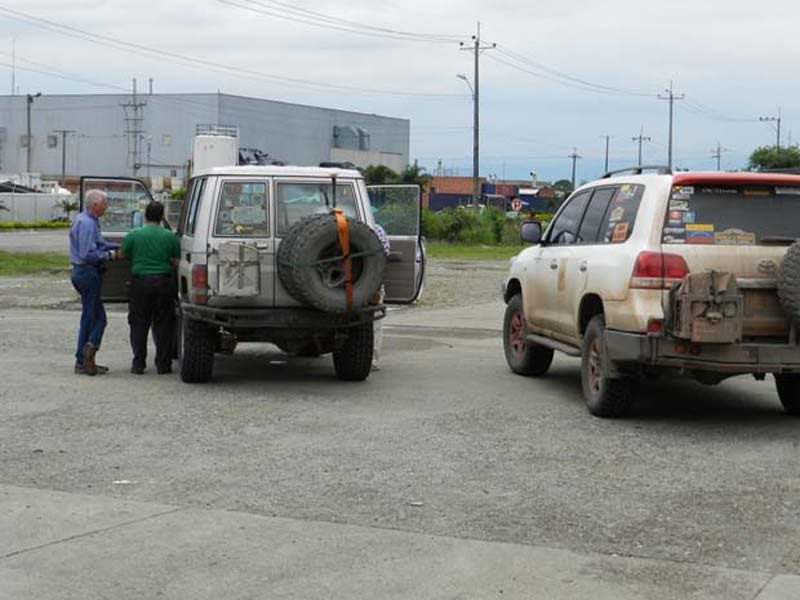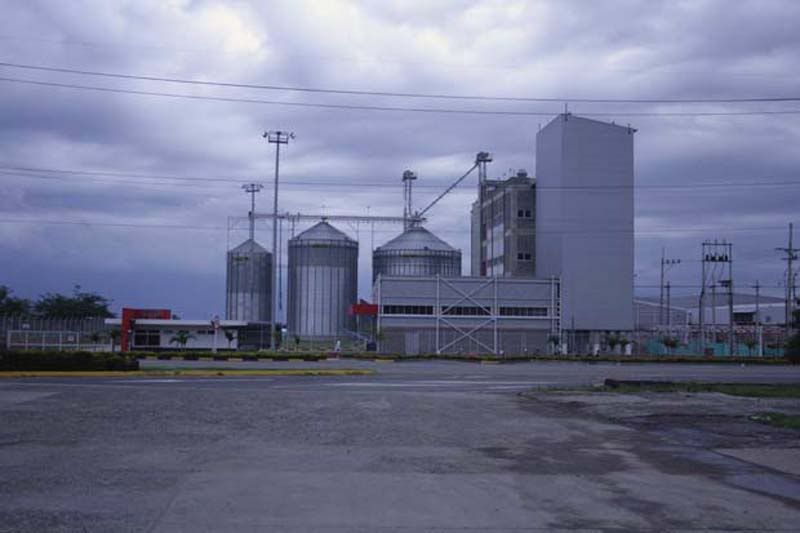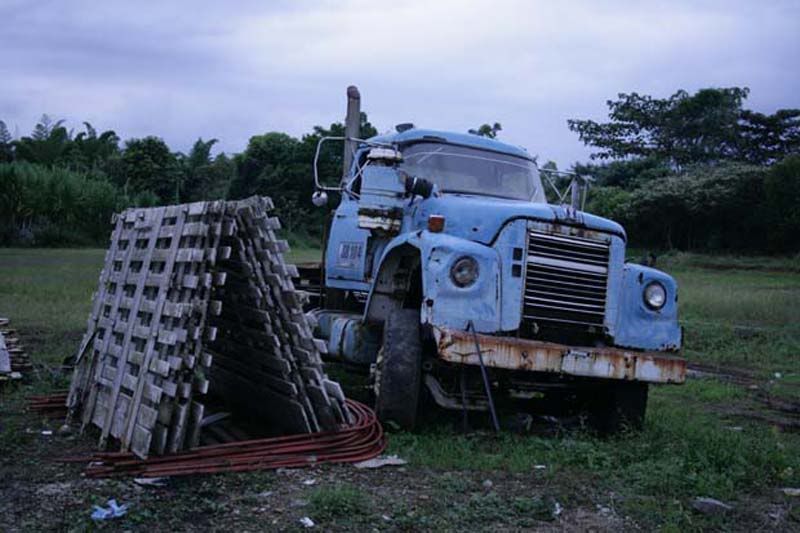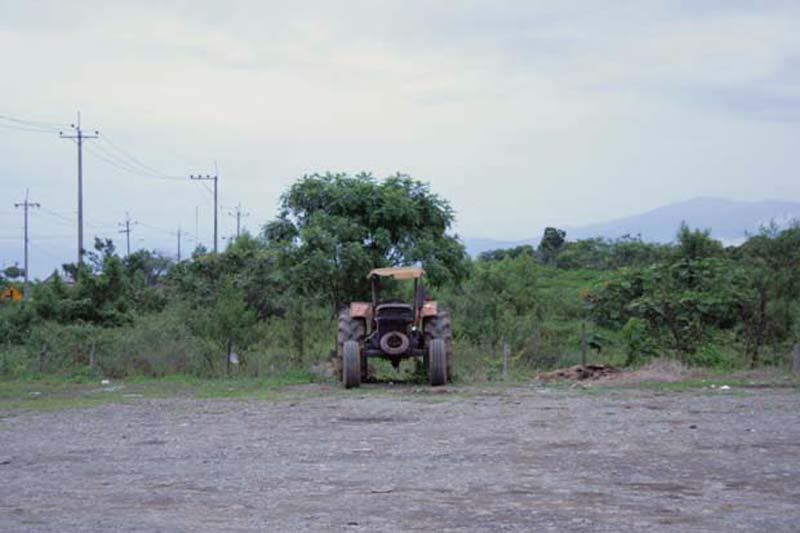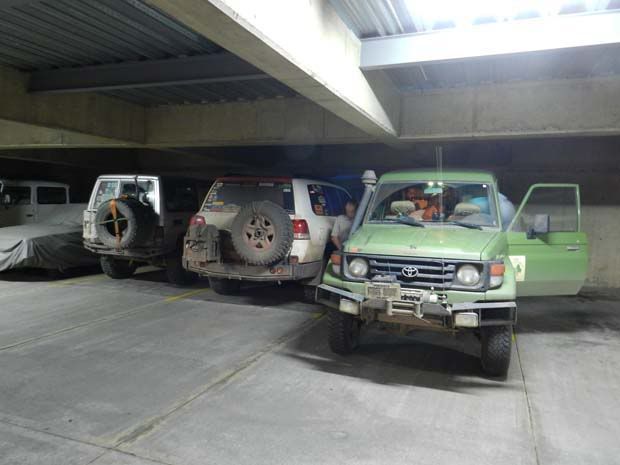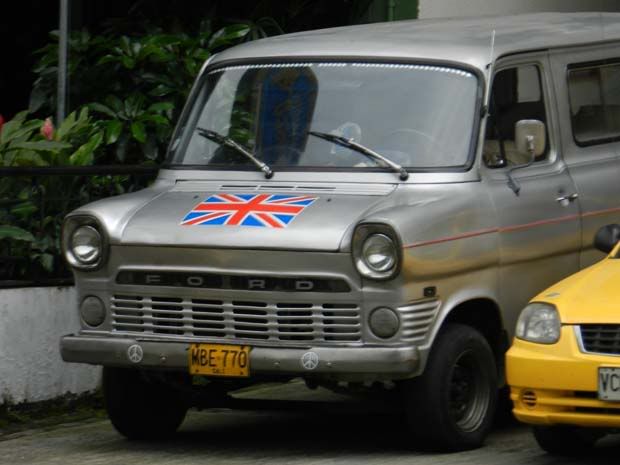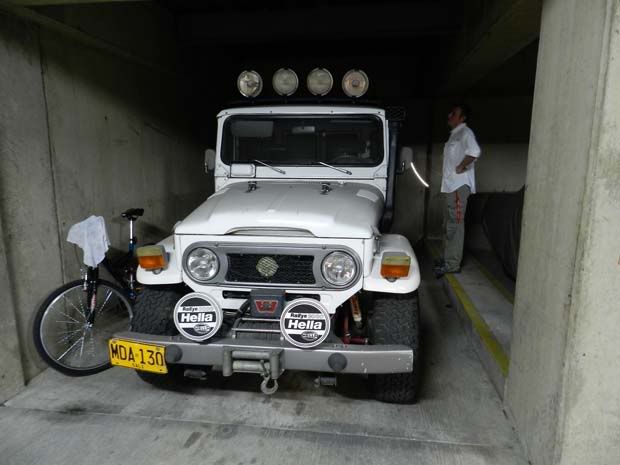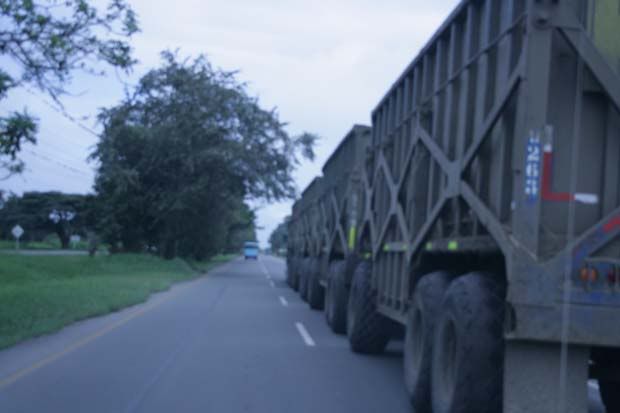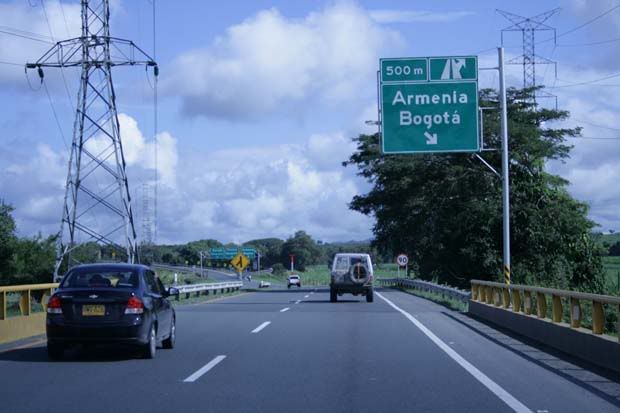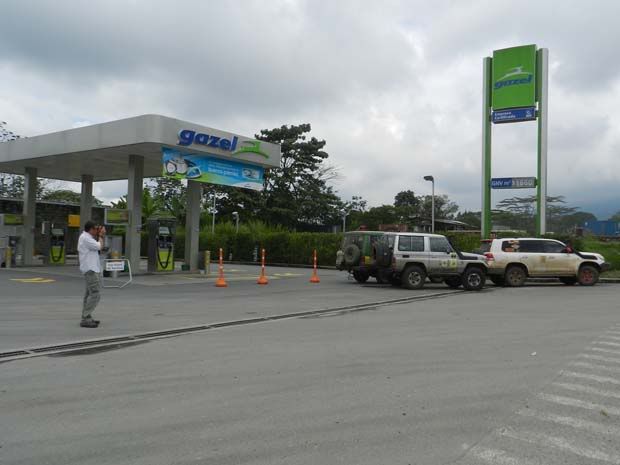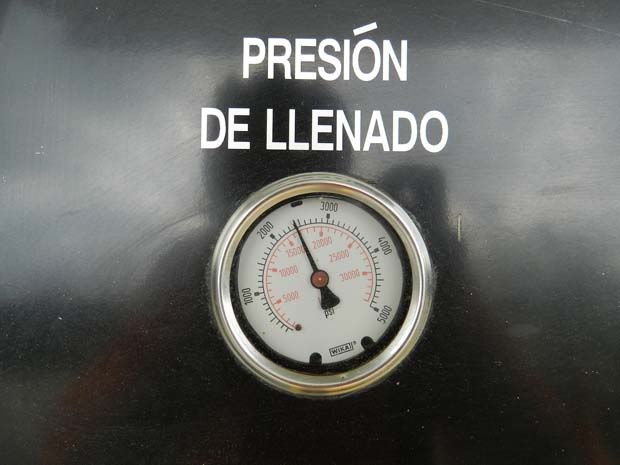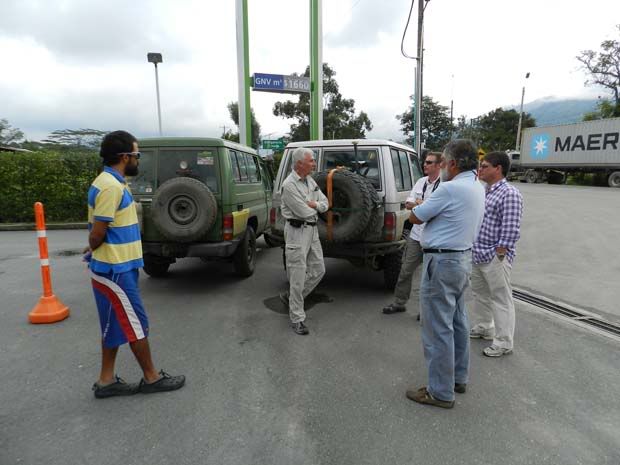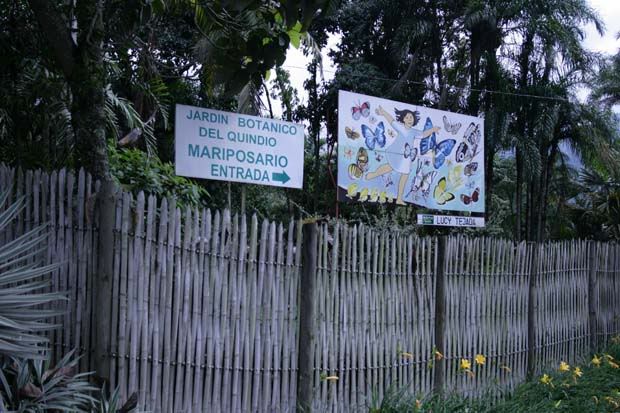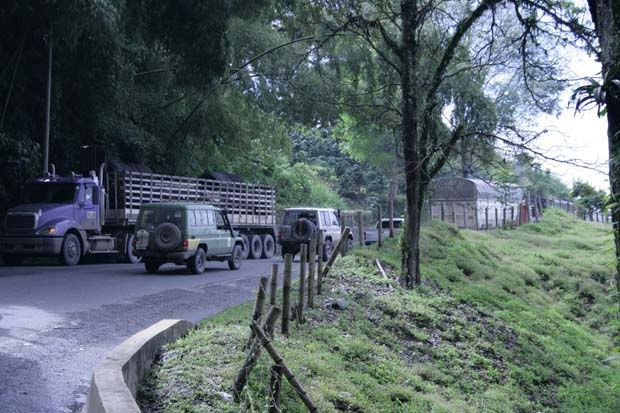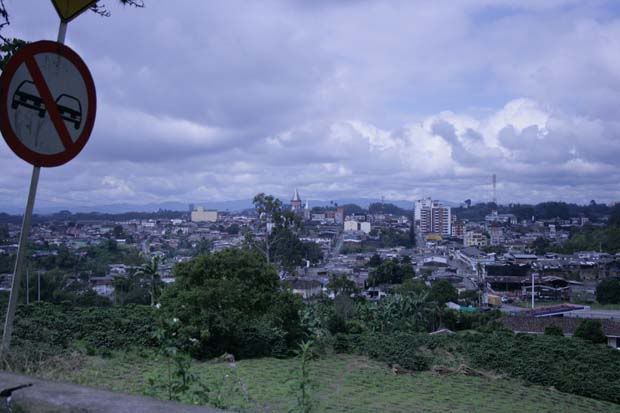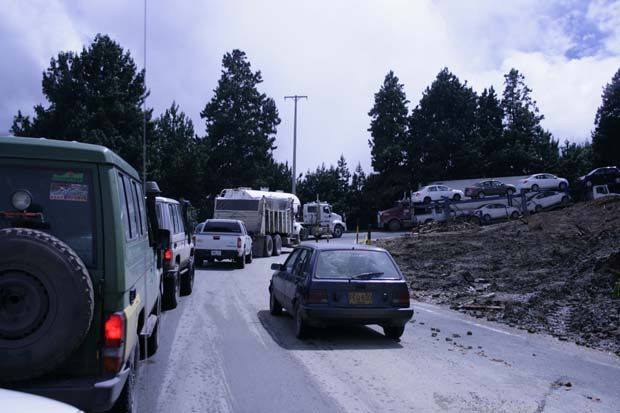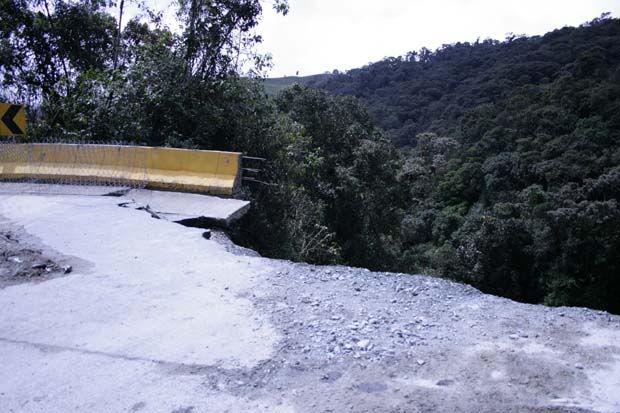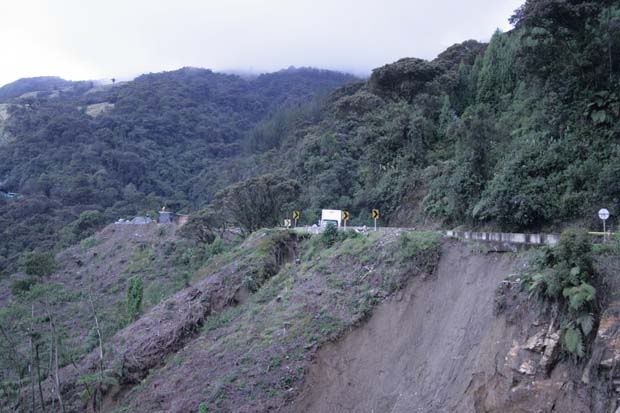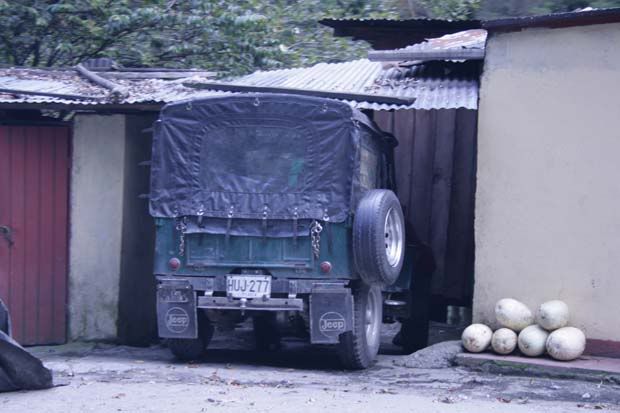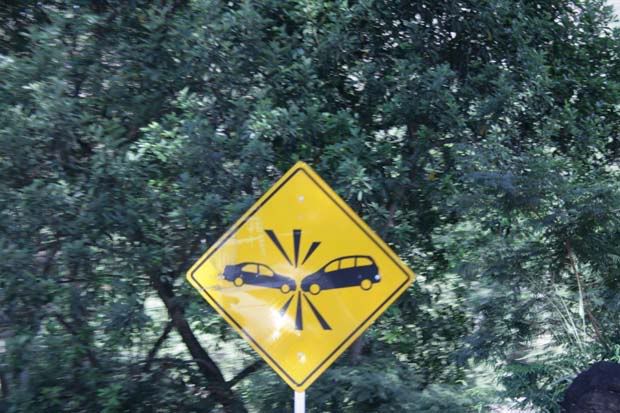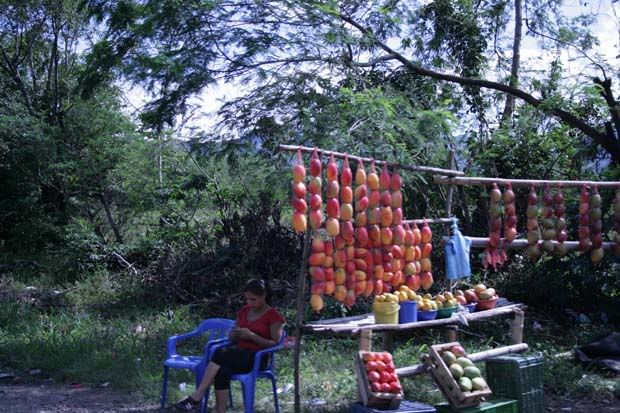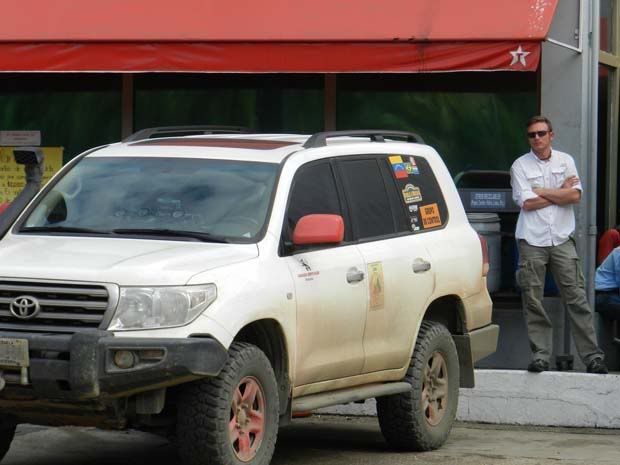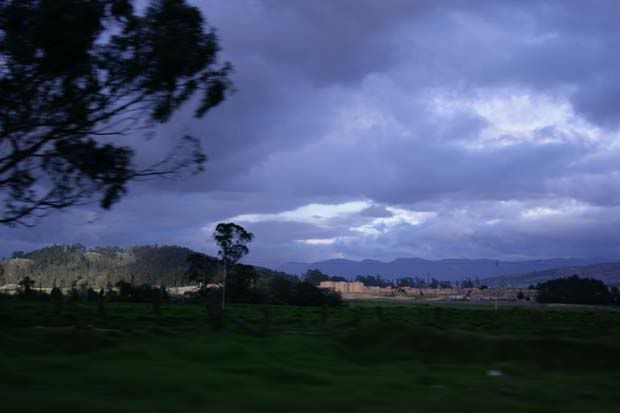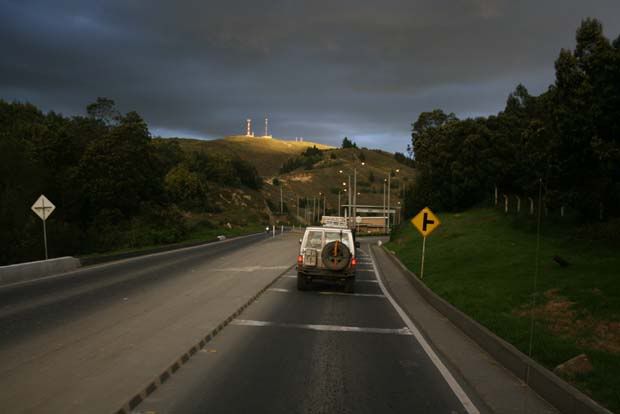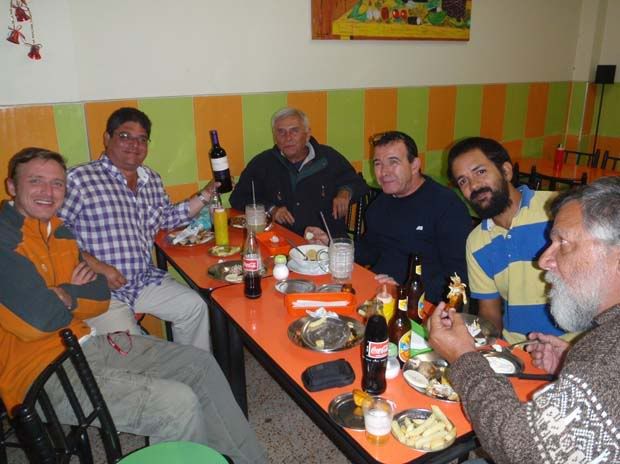Caracas to Cusco in 7 days. Day 16
Sunday December 18, 2,011
From Riobamba to Pasto
Distance: 341 miles (549 Km.)
Total Time: 13 hours and 1 minute
Average Speed: 26.2 mph (42,2 Km/h)
Top Speed: 78.2 mph (125,8 Km/h)
El Molino Hotel, in Riobamba, Ecuador.
In Riobamba they stayed at Hotel El Molino, which had and underground parking garage whose entrance hardly had the necessary clearance to let the FZJ78 in. It happened to be an excellent hotel, run by its owner, who took personal care of or group of travelers.
Leaving early and avoiding Quito’s city traffic was the plan for today. The whole point was trying to make it as soon as possible to the border and make it to the other side.
55 miles north Quito, they arrived to Lago San Pablo. Very close to here, sits the city of Otavalo. Even though it was Sunday, there didn’t seem to be too many people around here, which caused some surprise, as the area seems to be dedicated to tourism activities. This could be a place to consider if a stay in this area is needed sometime in the future.
Another day on the road with lots of rain and heavy traffic. The roads are still much better than in Venezuela. They are continuously watching road repair and improvement works being done. If Correa has invested all the money he has obtained by flattering Chávez in the construction and maintenance of roads in his own country, as seems to be the case, then its fine, since he is fulfilling his duty to protect the interests of Ecuadorians, instead of stealing all the public funds, as seems to be case in Venezuela.
Border post in Tulcán, Ecuador.
Unfortunately, they could see little of Ecuador. They committed to solve this problem as soon as possible.
The border facilities at the Colombian side, in Ipiales.
One of the things you normally have to do at borders in this type of trip, is purchasing currency of the country you are arriving to, at least enough to meet the initial expenses, such as tolls and fuel. Usually this entails the risk of having to deal with the guys that offer money exchange services in these places.
In this occasion, a member of the group that exchanged $200 was very close to being ripped off with a very simple ploy. Our recommendation is to try to avoid making these transaction on the streets, but if you have no choice, exercise caution. They deal with these exchanges everyday, and know hundreds of ways to trick you.
Upon completion of the standard procedures at both sides of the border, they started looking for a place to purchase the SOAT (Compulsory Transit Accident Insurance) whose obligation is taken very seriously by the Colombian authorities. However, it was impossible to get, since they were informed that they would have to pay 500,500 Colombian pesos for each vehicle. This amounts to what the insurance costs for one year of this type of vehicle, which didn’t make any sense, since they planned to drive in Colombia for just a few days. Furthermore, they had been able to get the insurance for shorter time periods, in accordance to their planned stay, during previous visits to this country. The acquisition of this insurance policy would have to wait until they got to Pasto.
Colombian roads, at least in this area, are also in better condition than in Venezuela. They went through several tourist areas of great beauty. On the other hand, the expensive Colombian toll booths started to appear.
Having dinner in Pasto.
Ribs with potatoes and Pop Corn!
They reached the city of Pasto under a heavy rain, which further complicated their search for lodging. After much searching, they had to stay at Hotel Morasurco, although it was really expensive. This would prove to be a mistake.
If you’d like to see more pictures of this day, you may click
here and
here.

